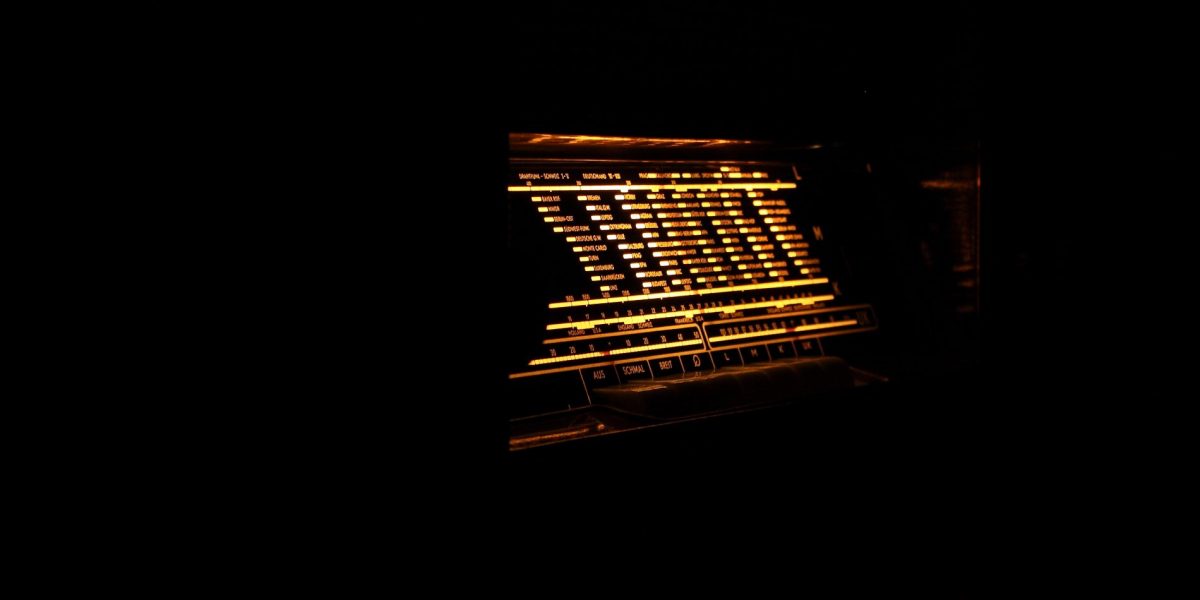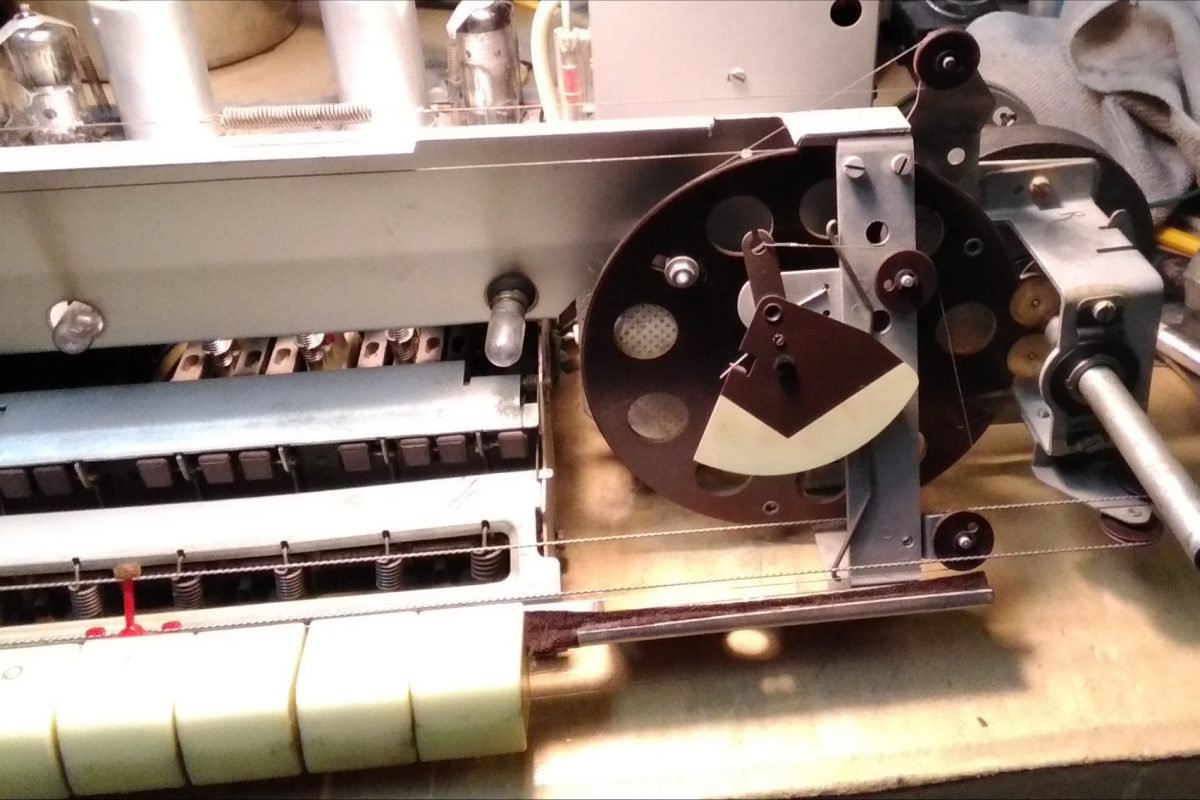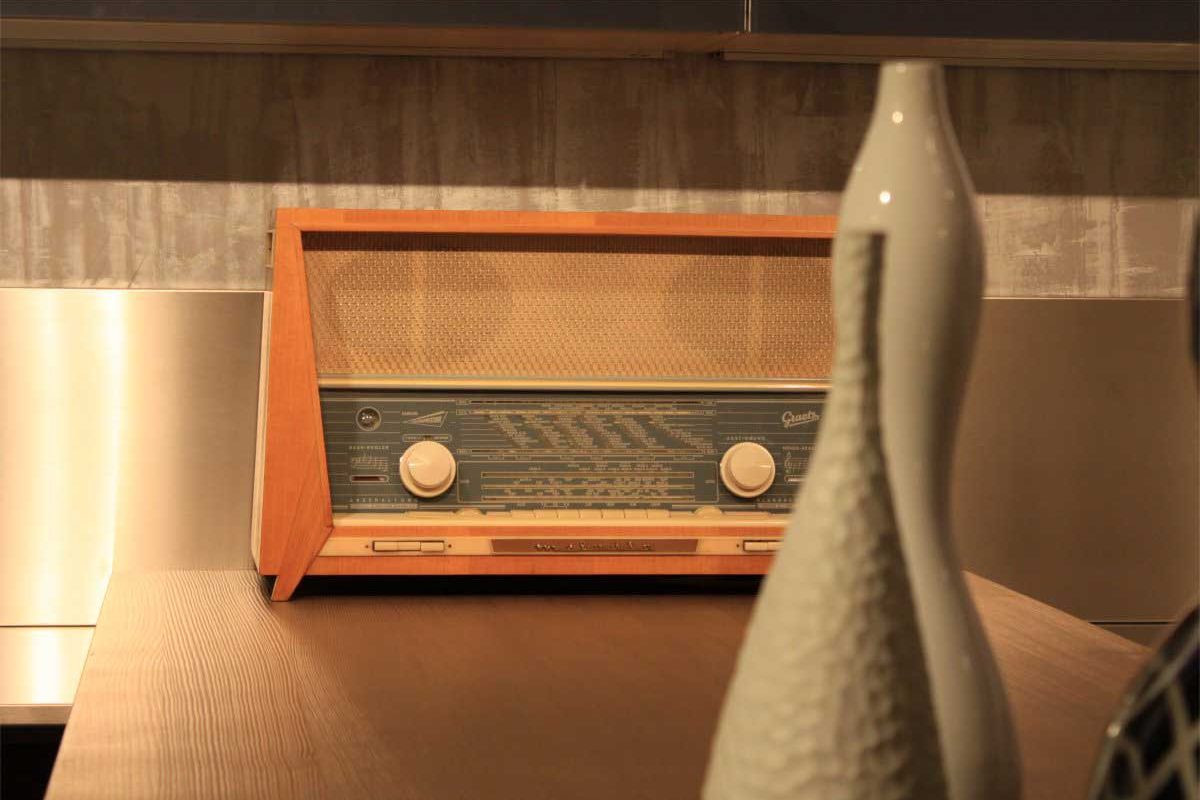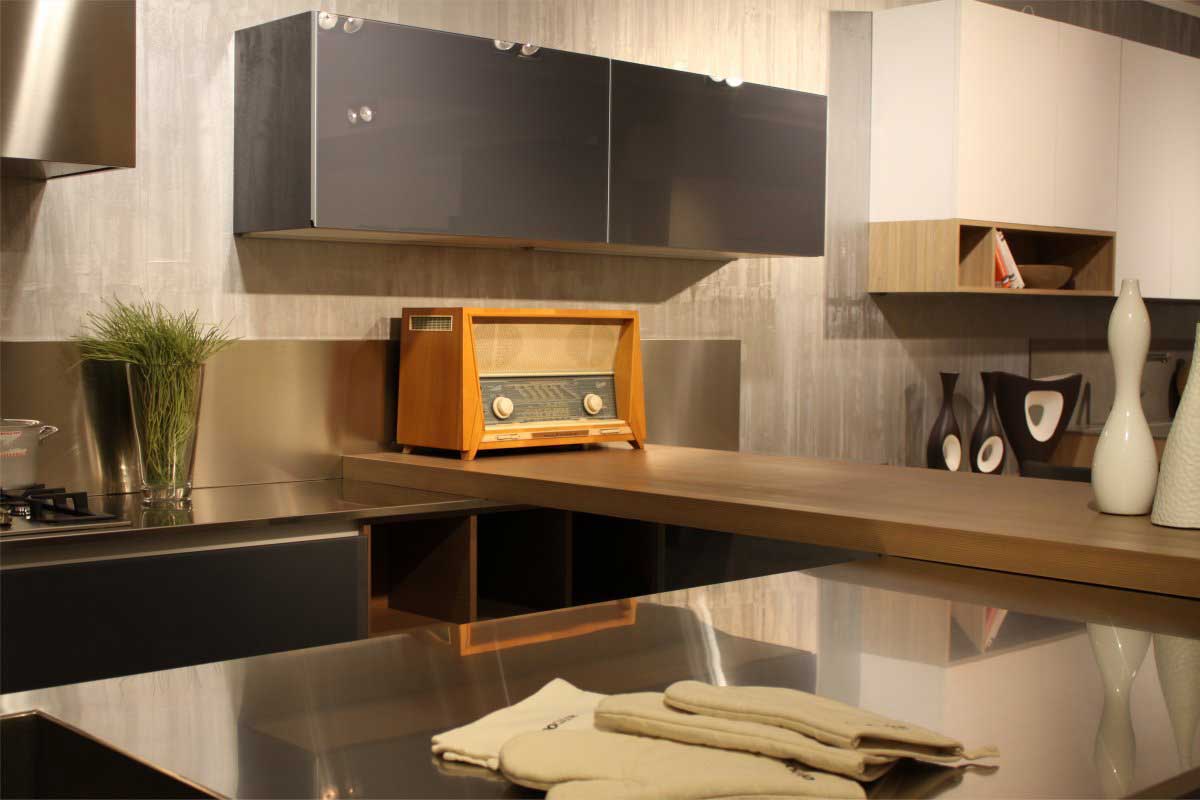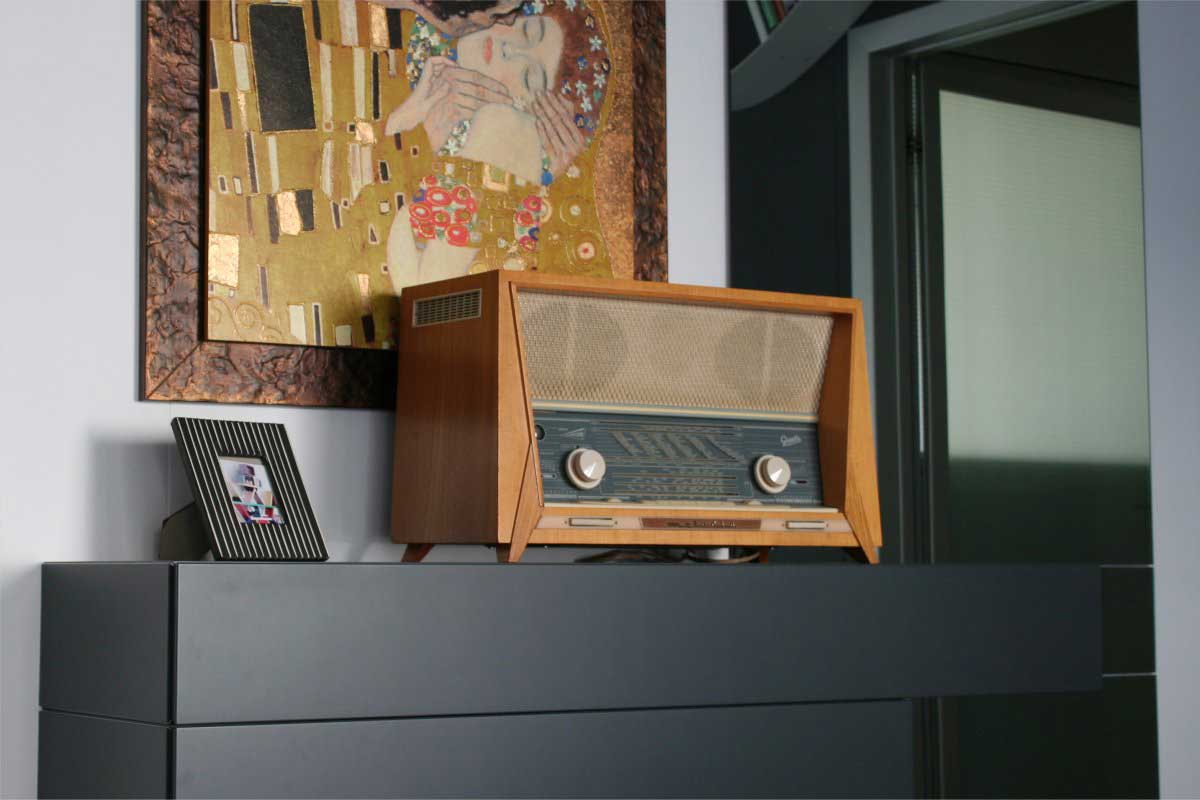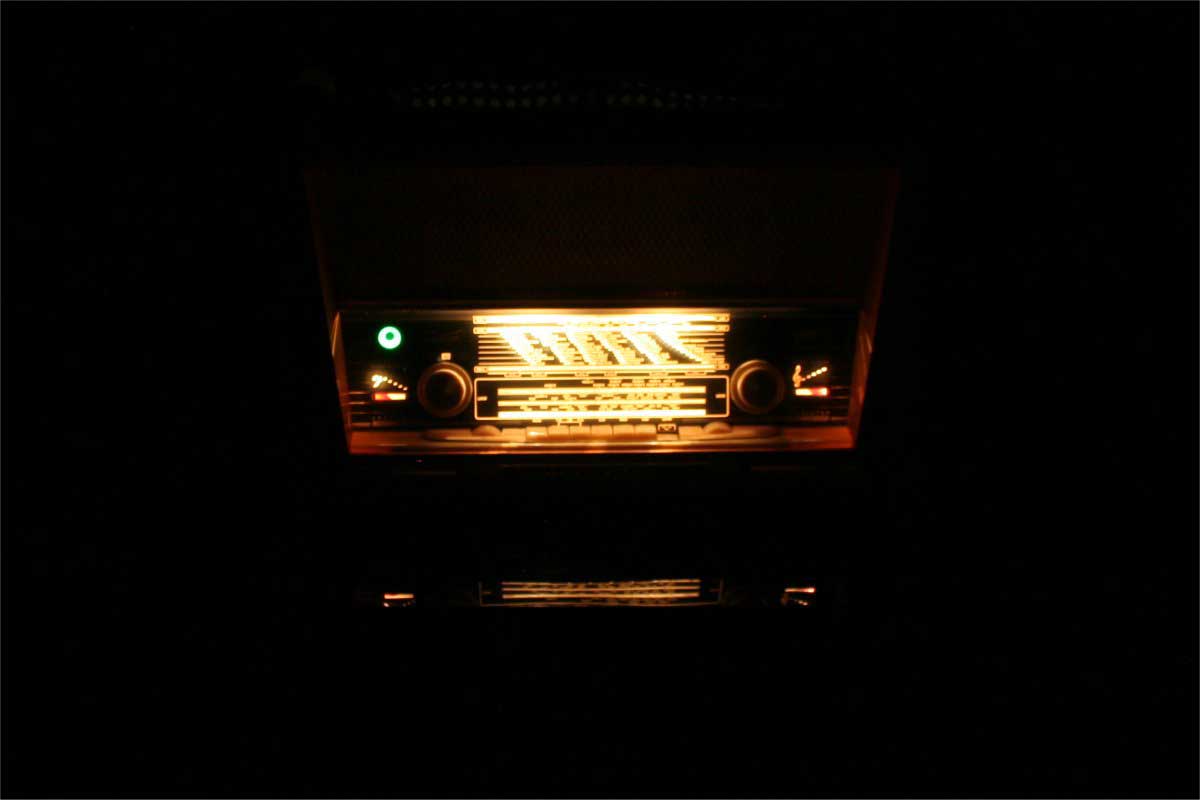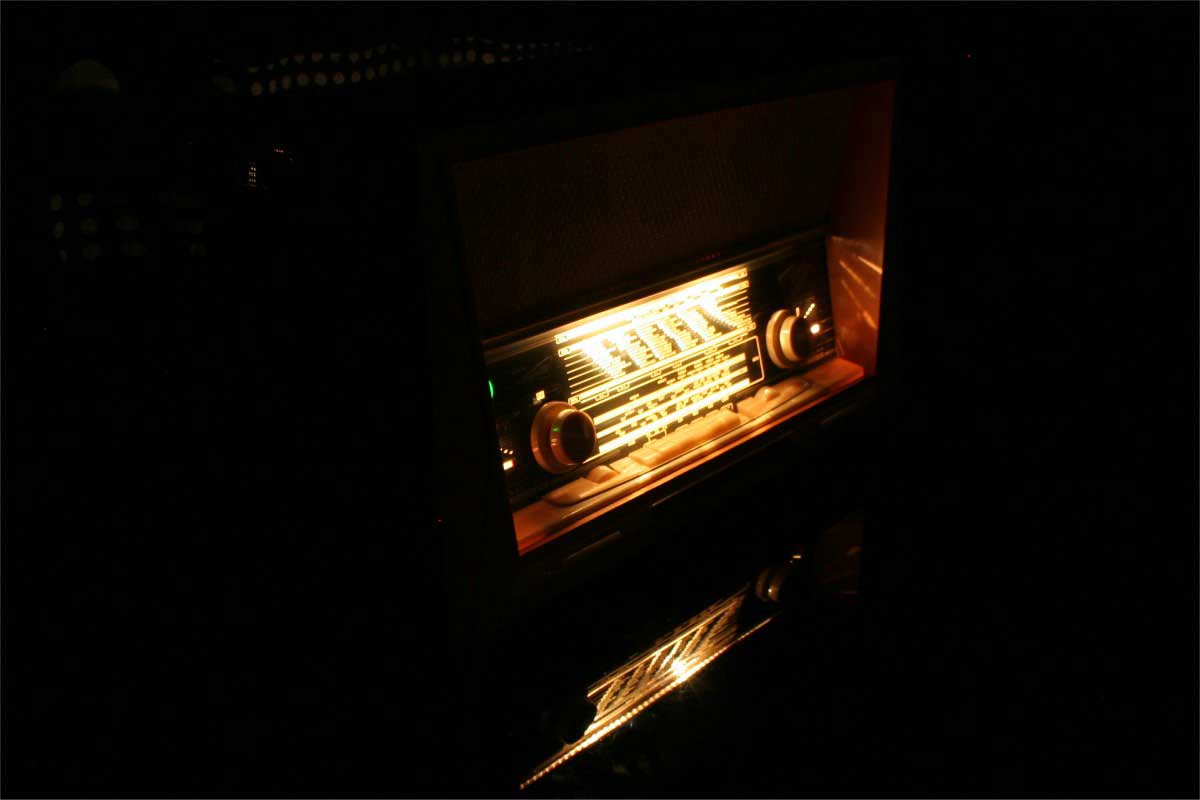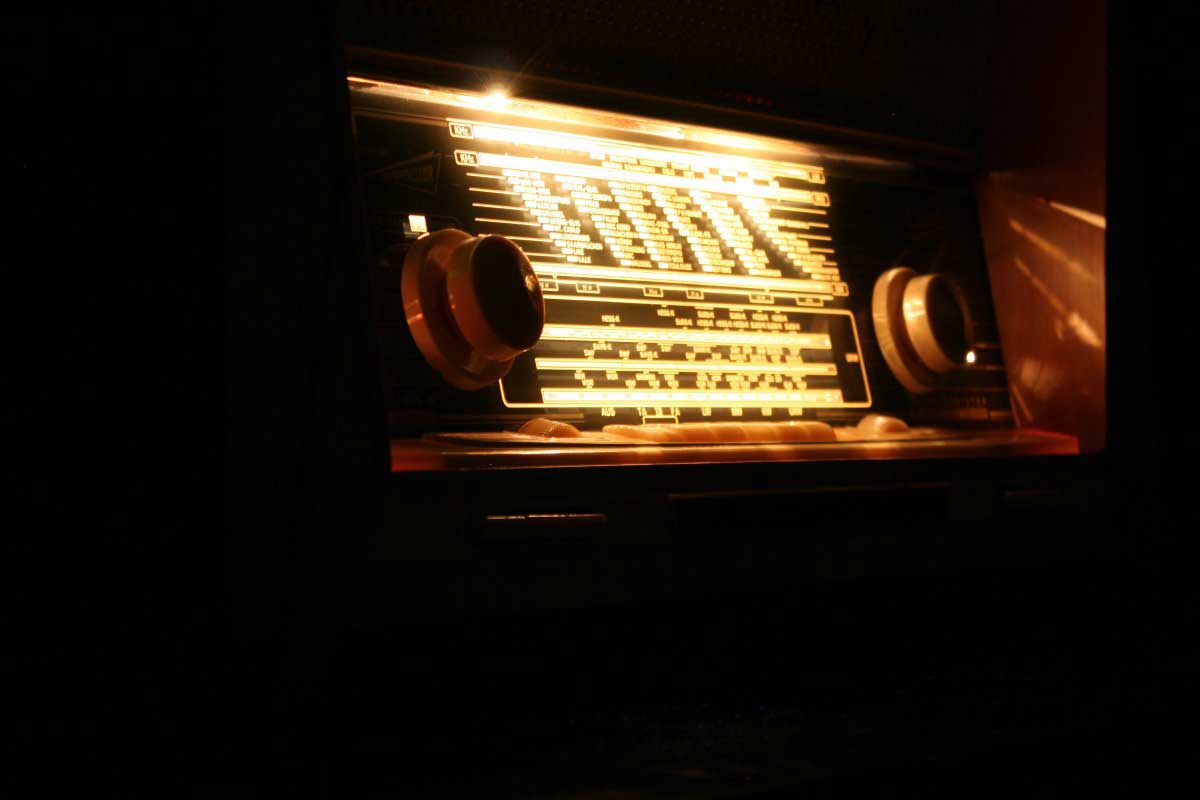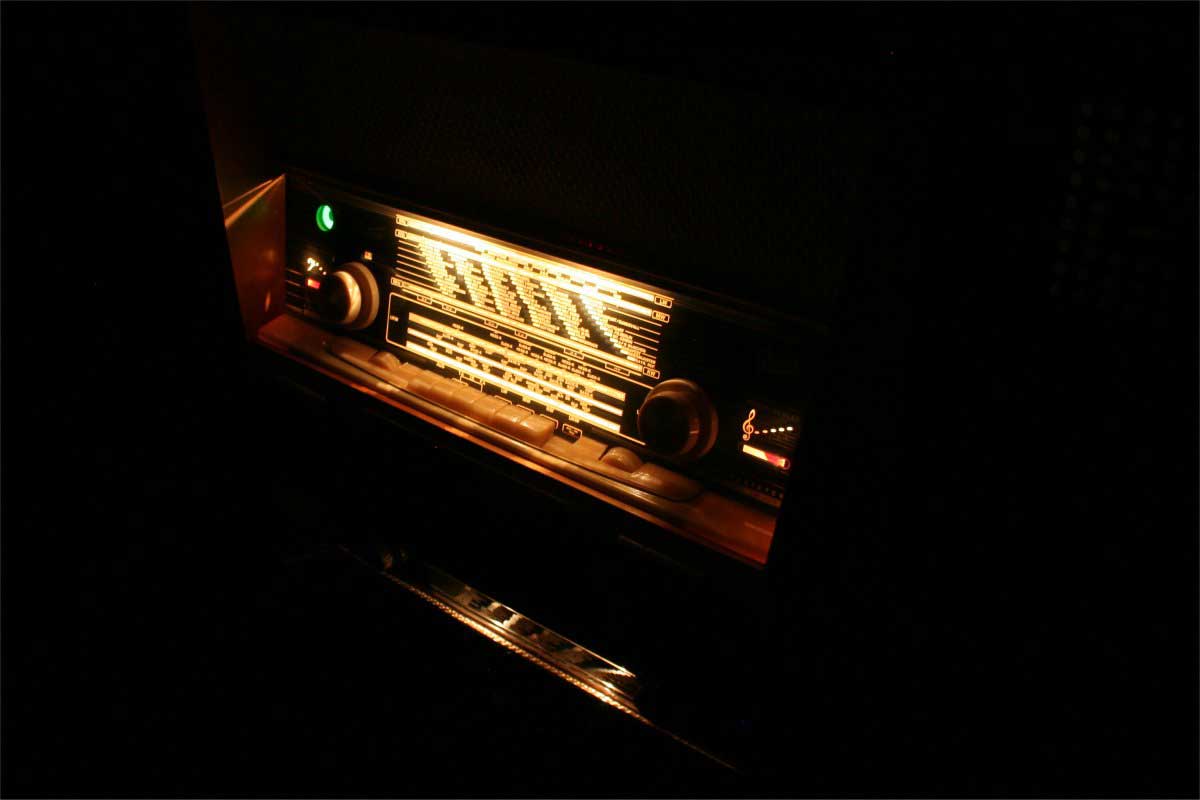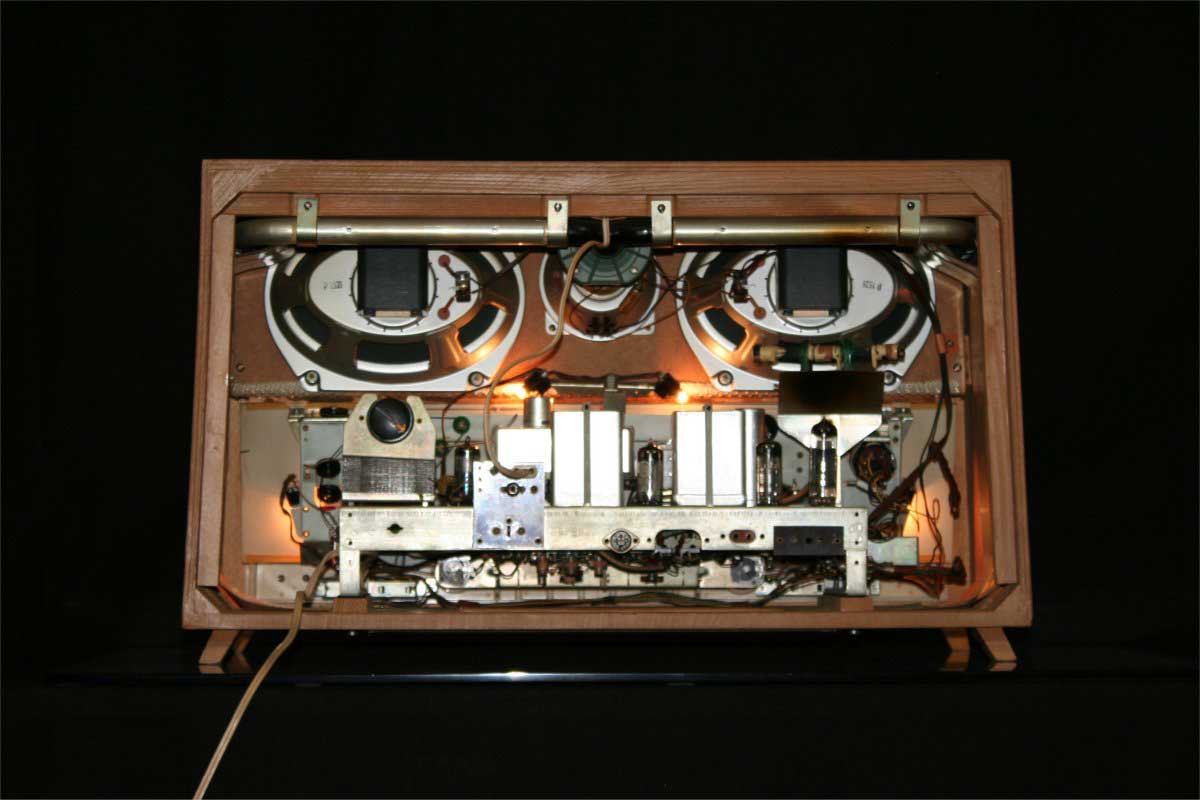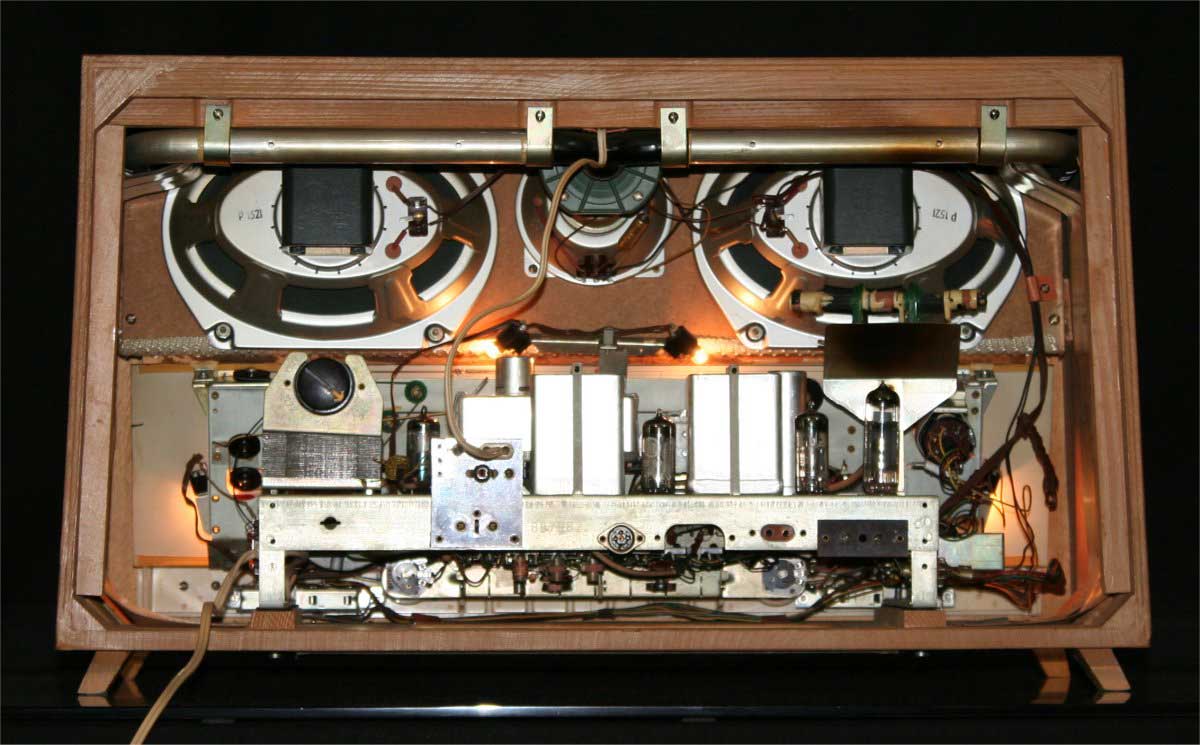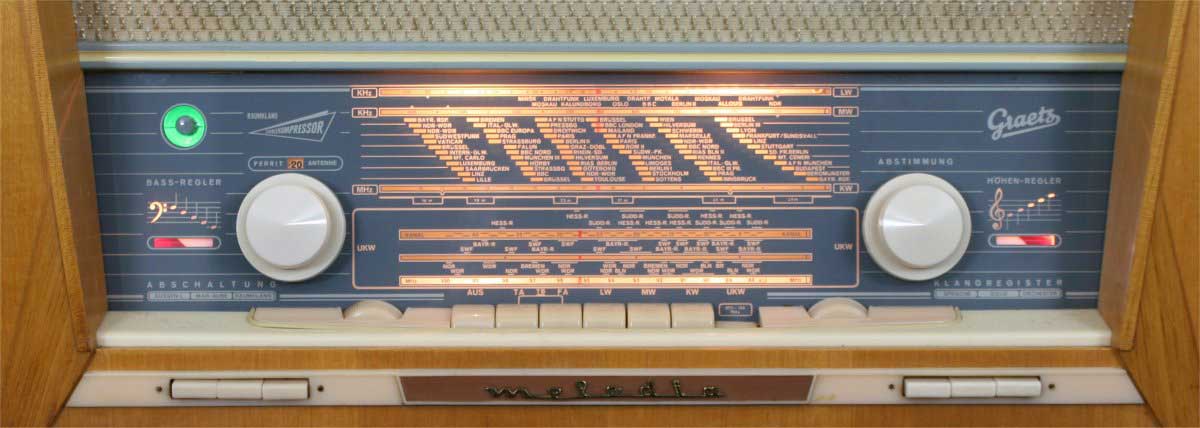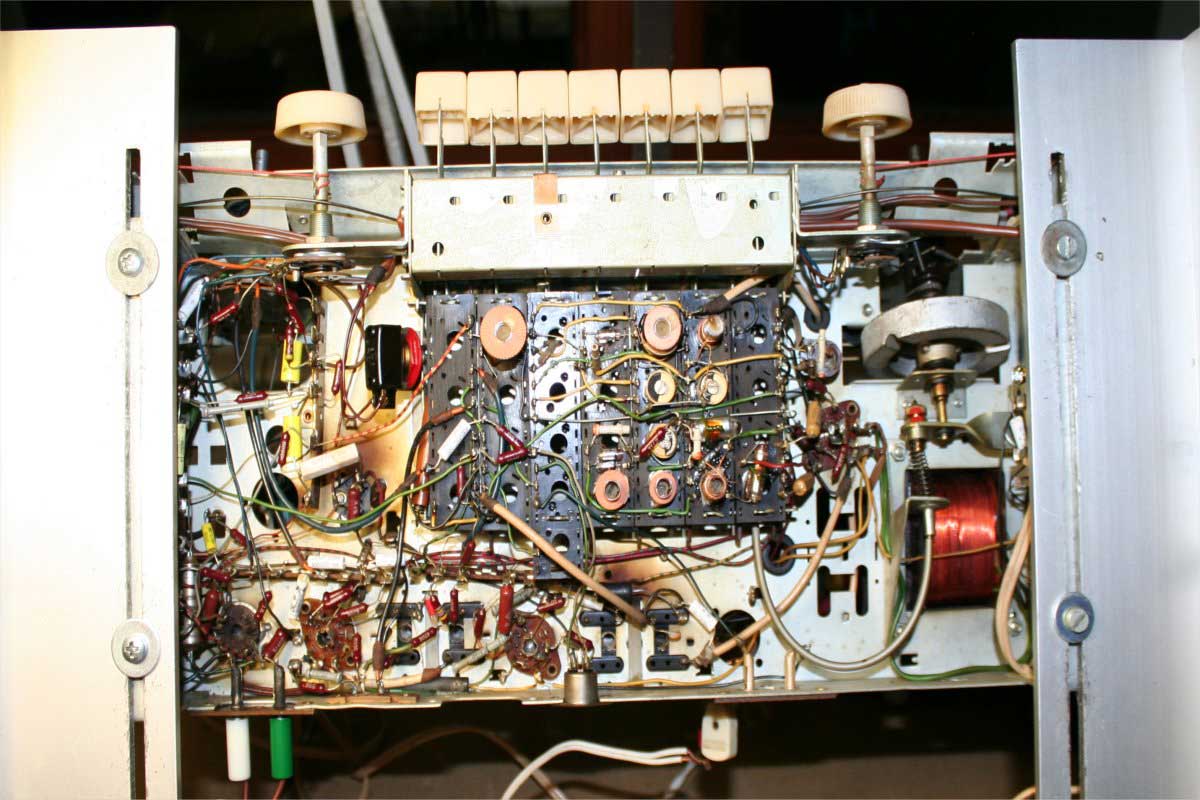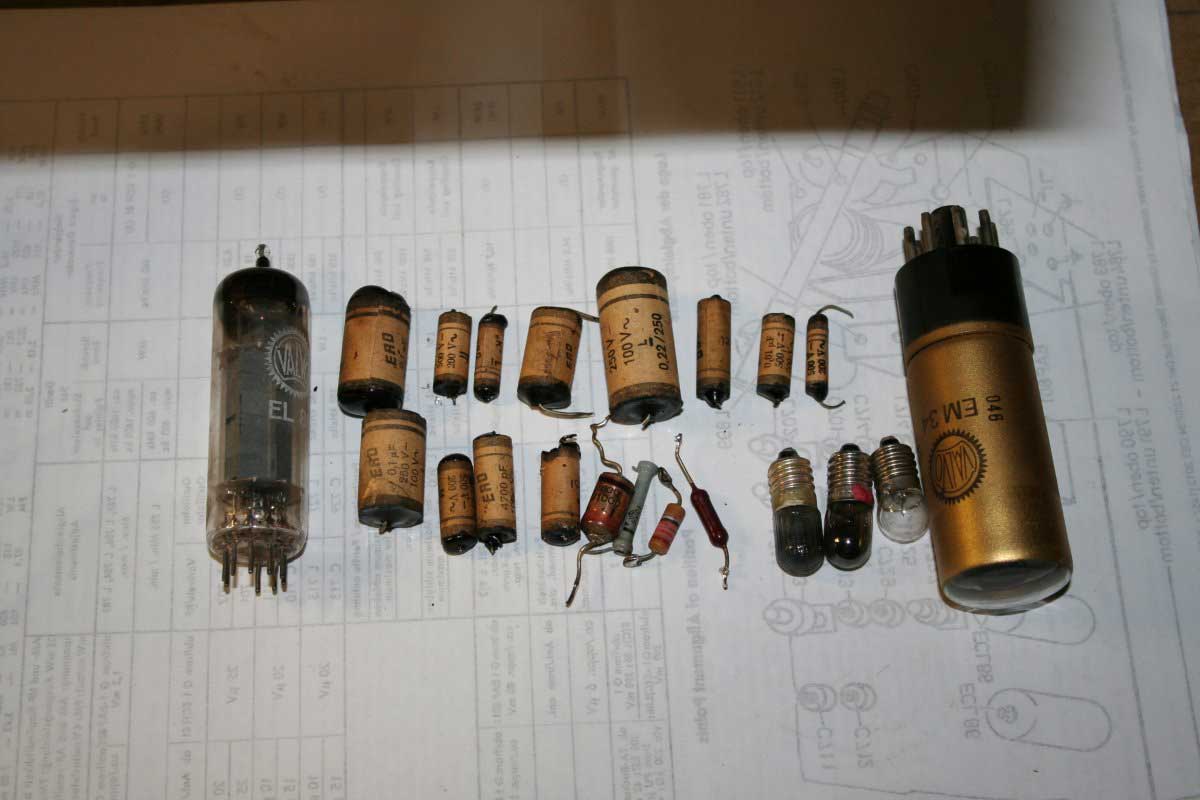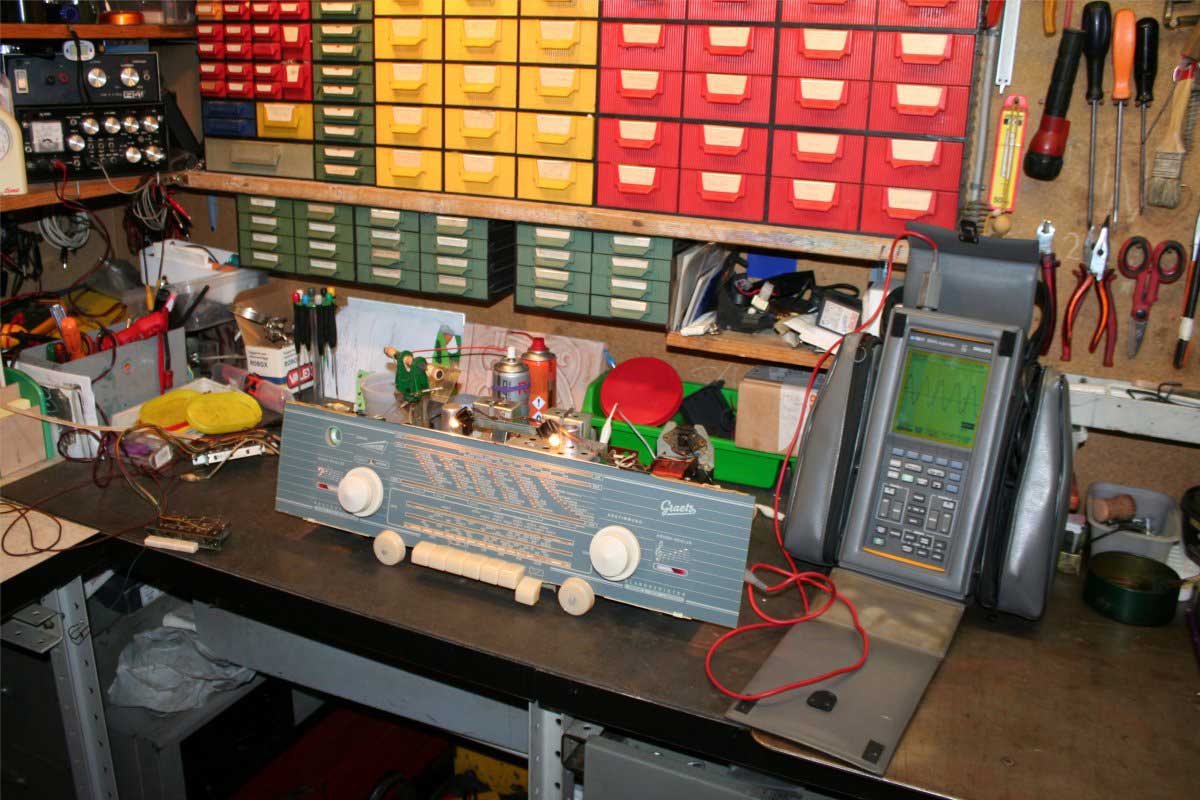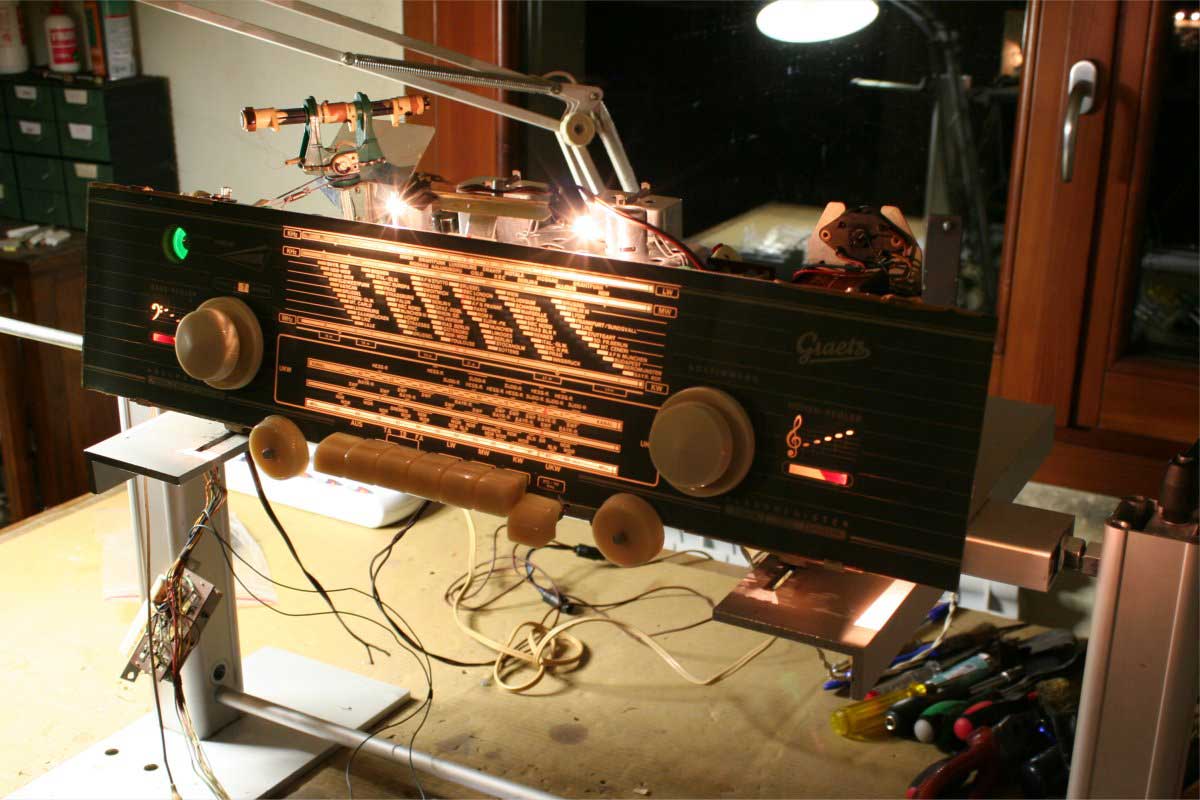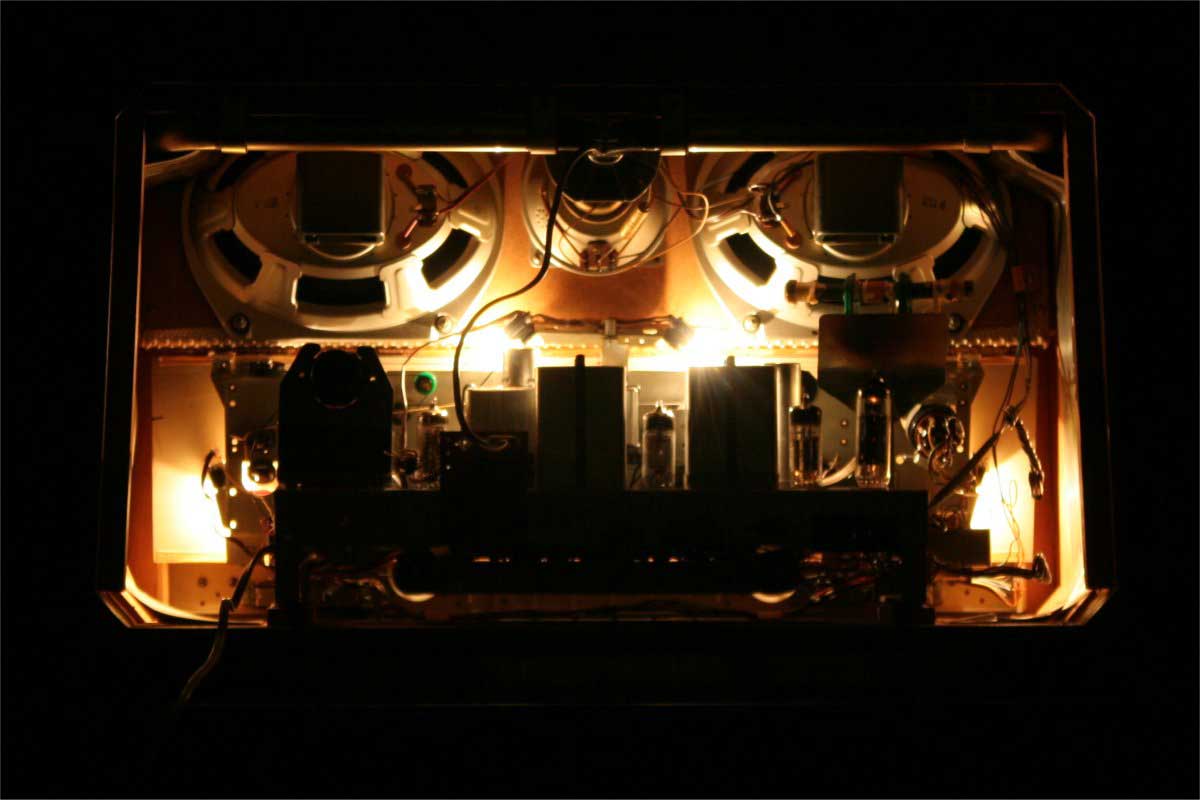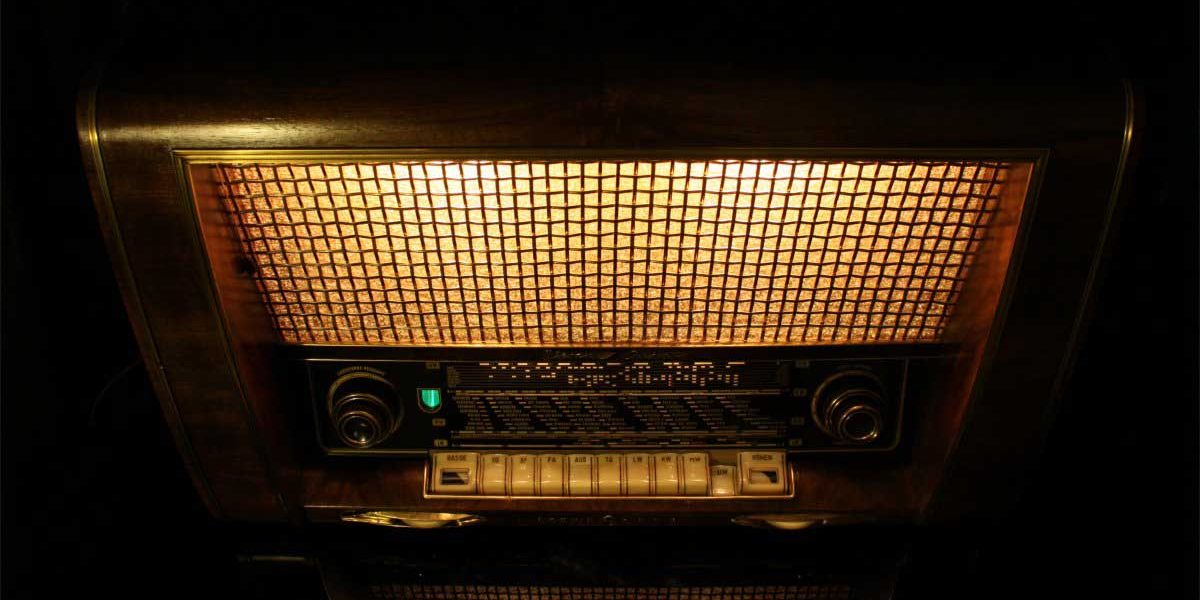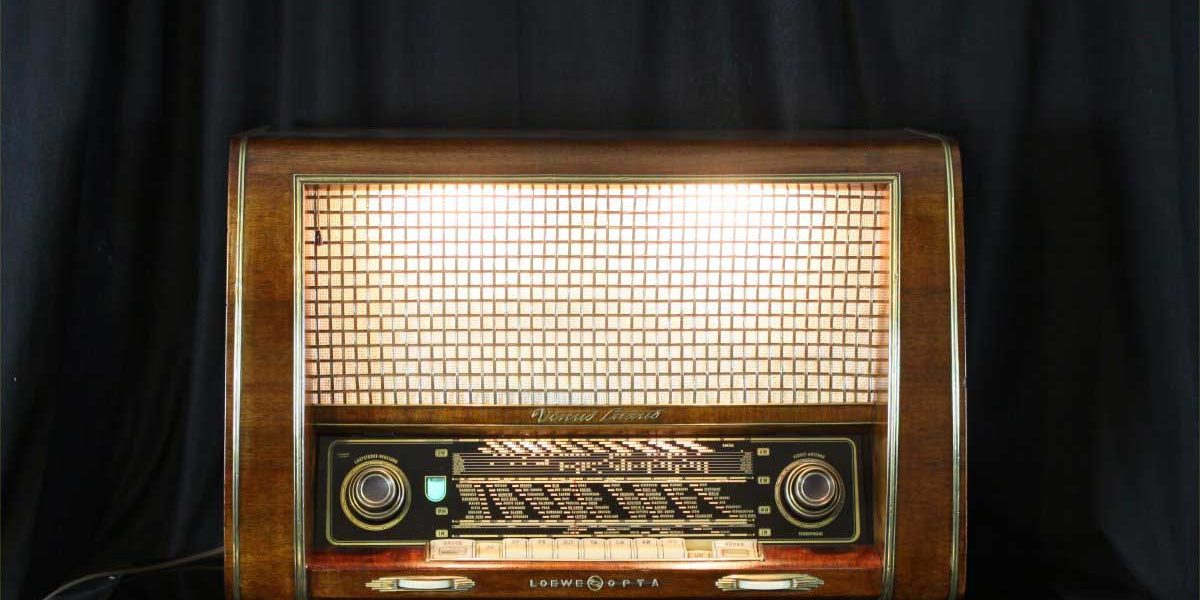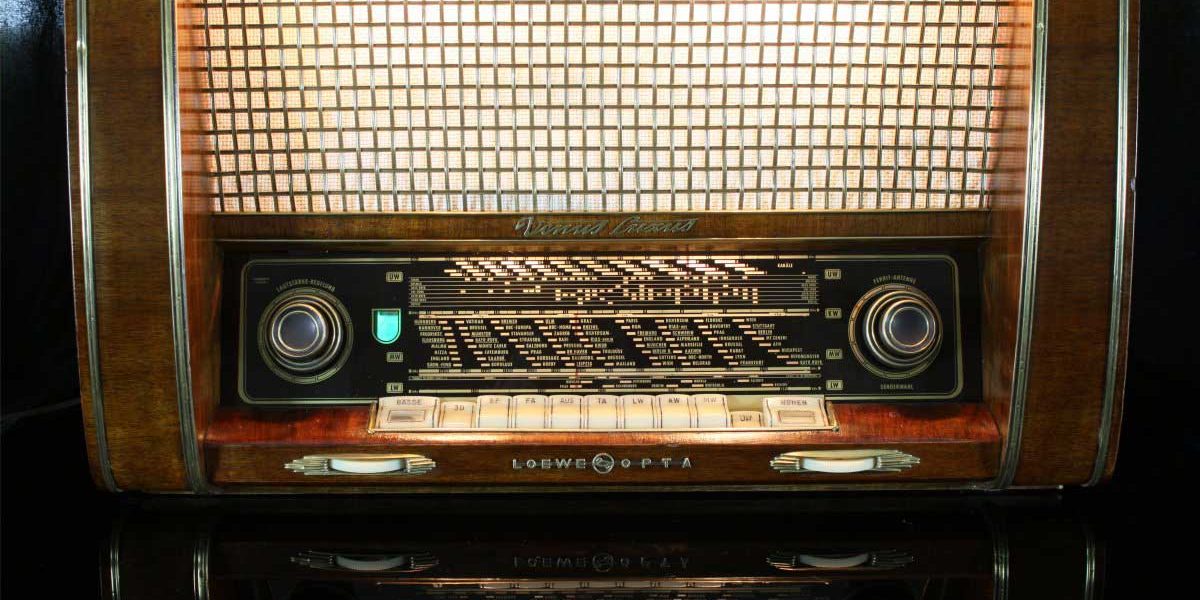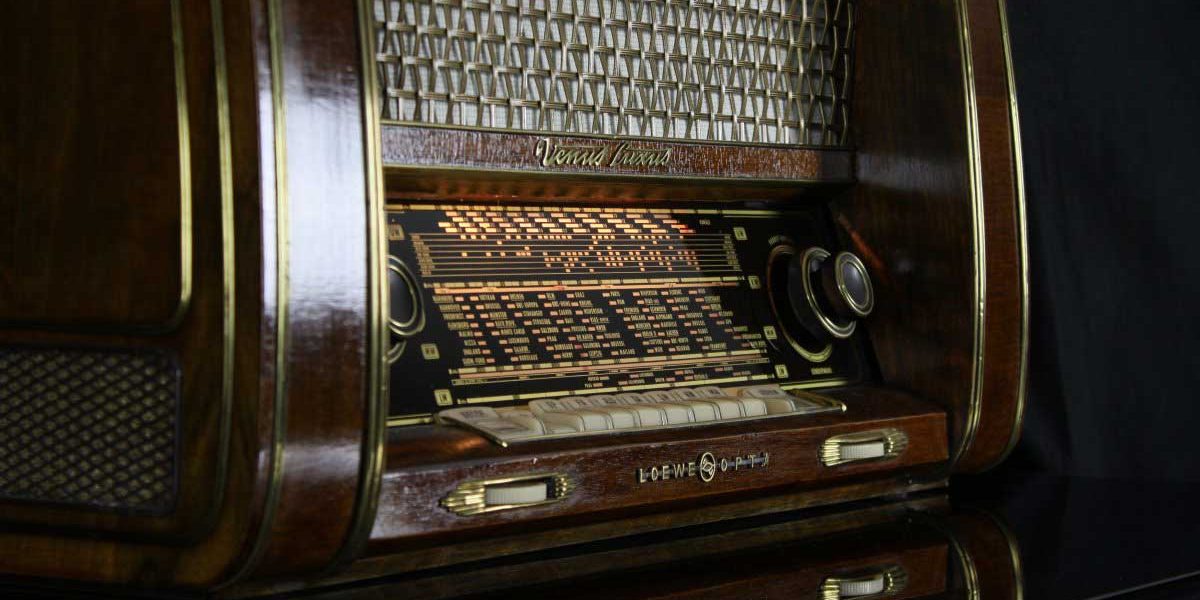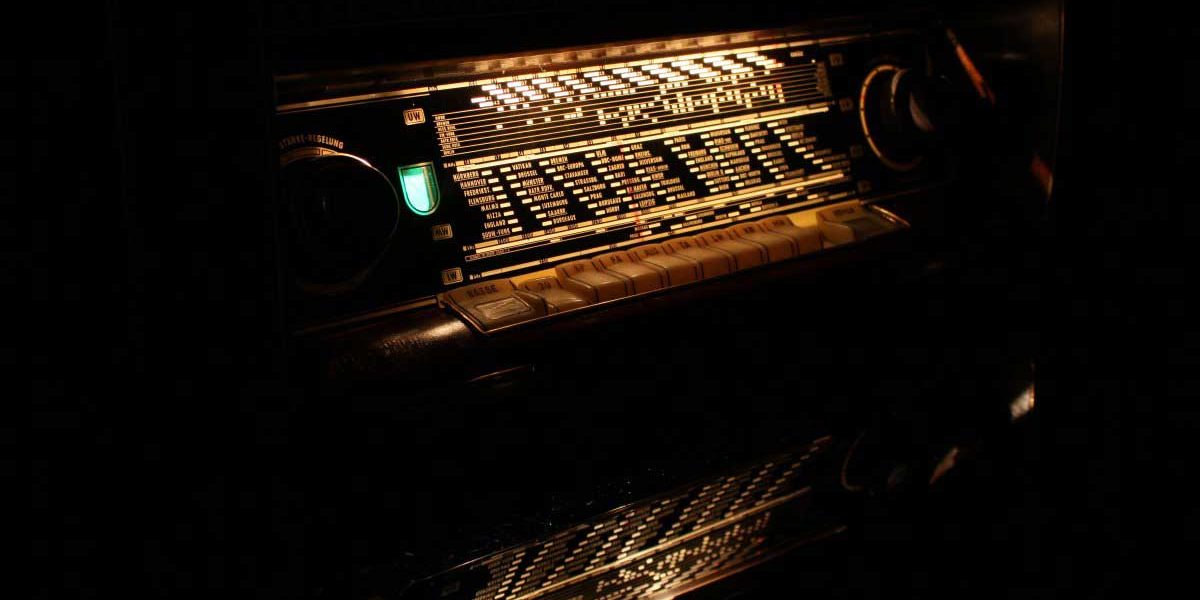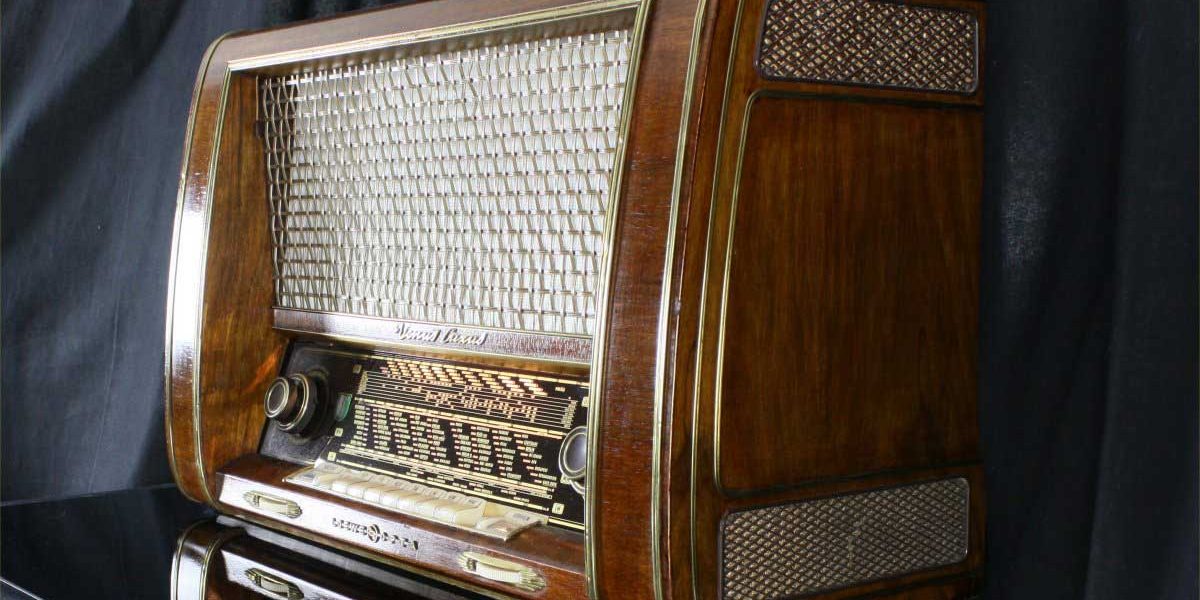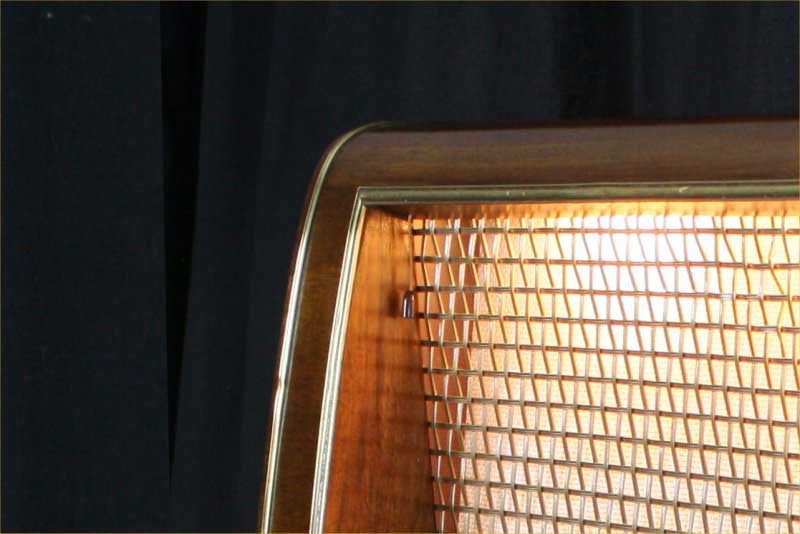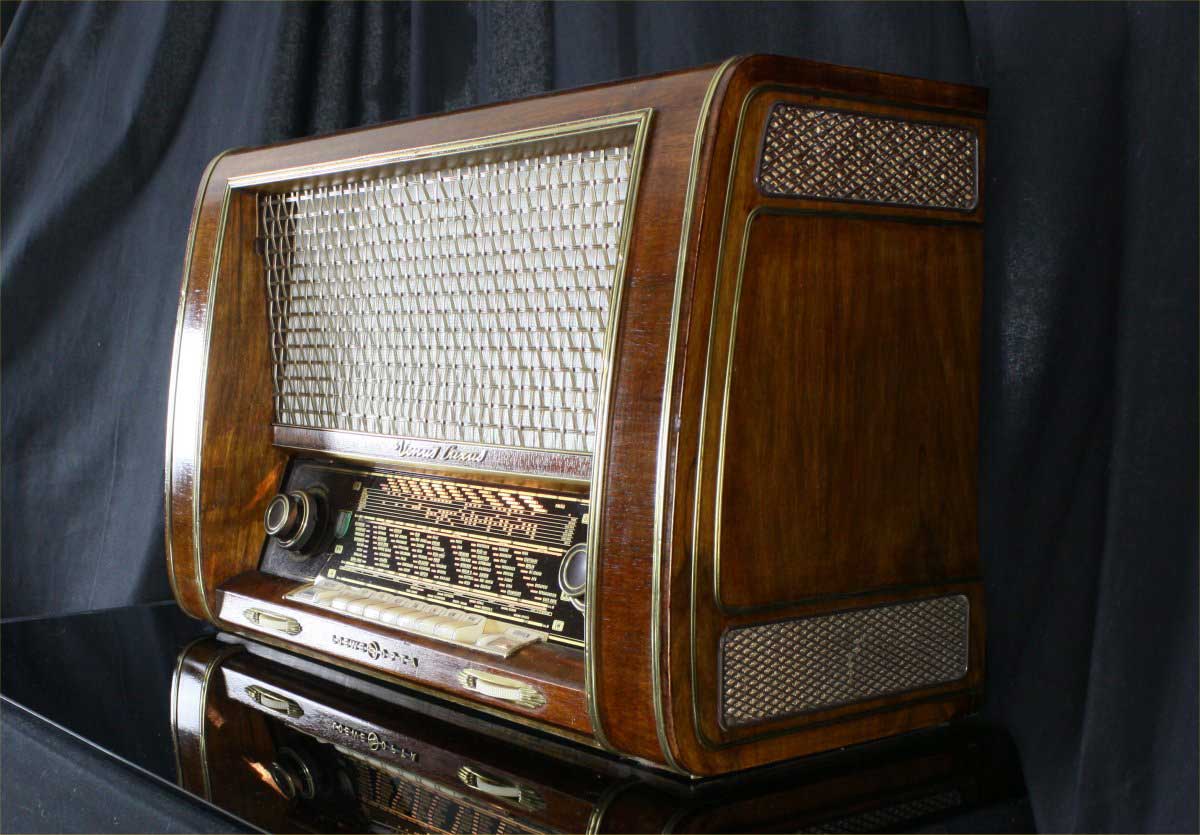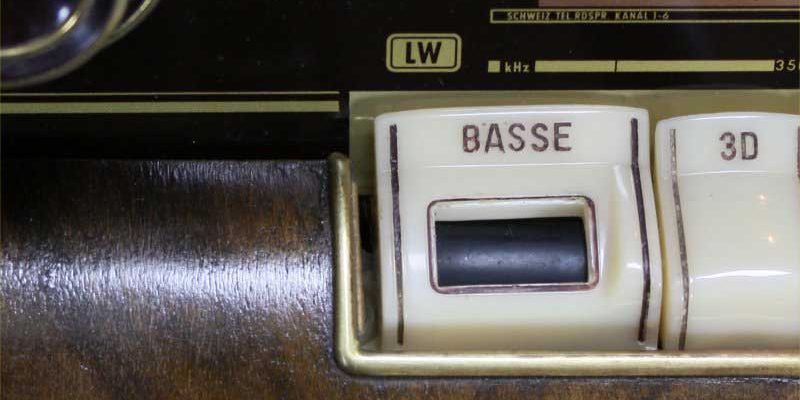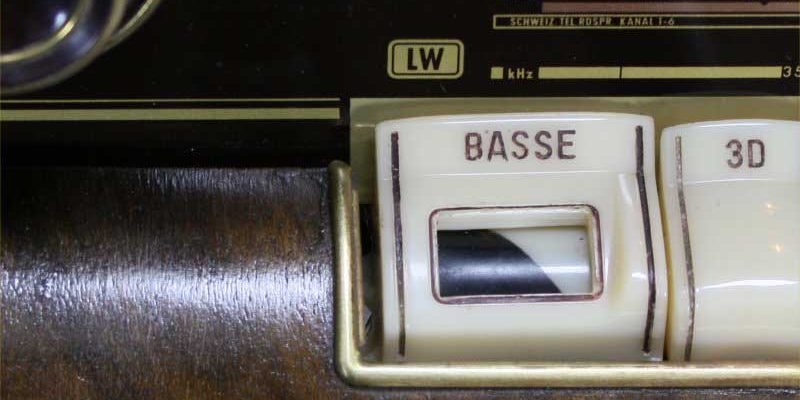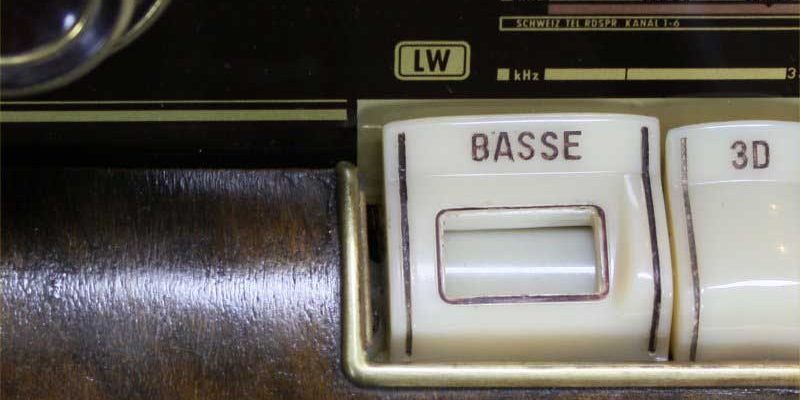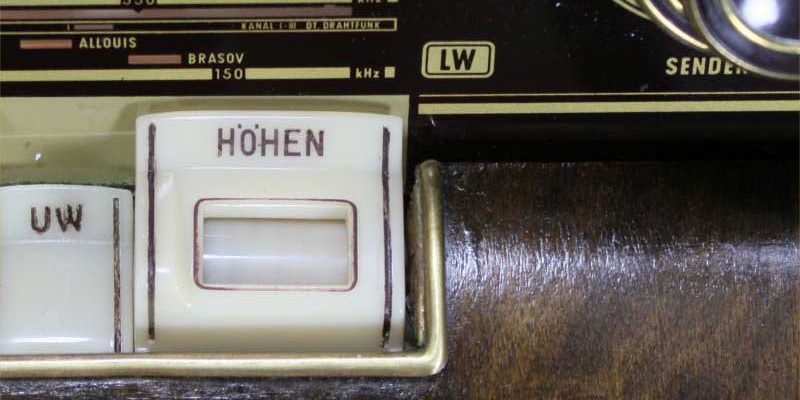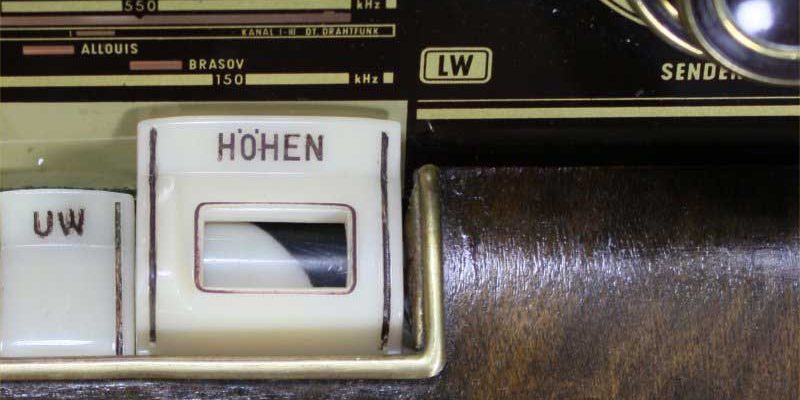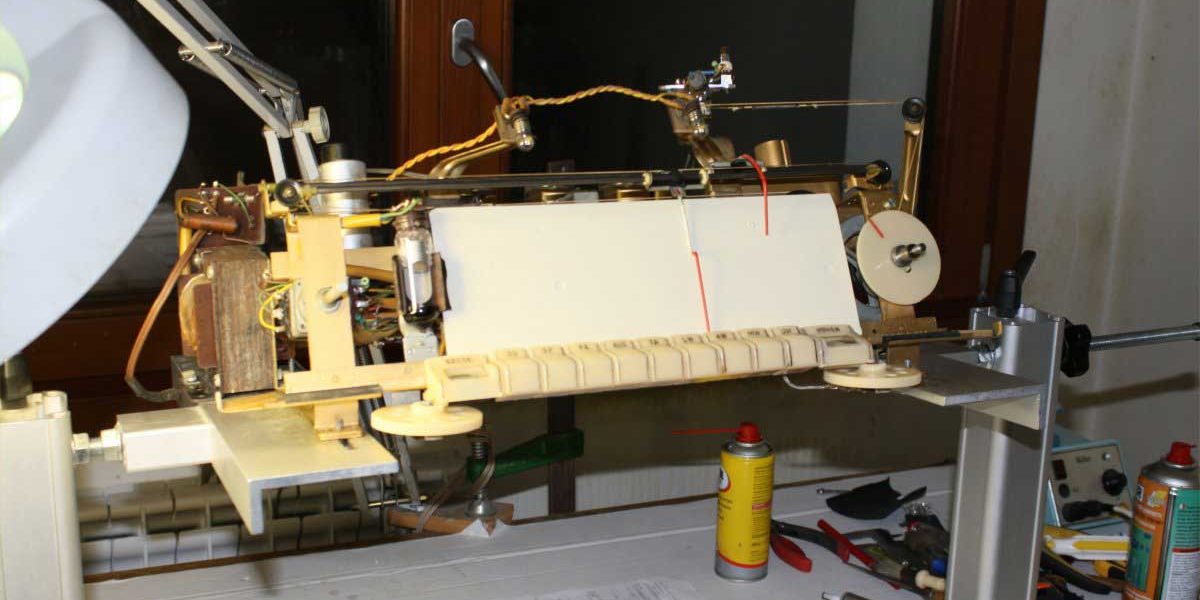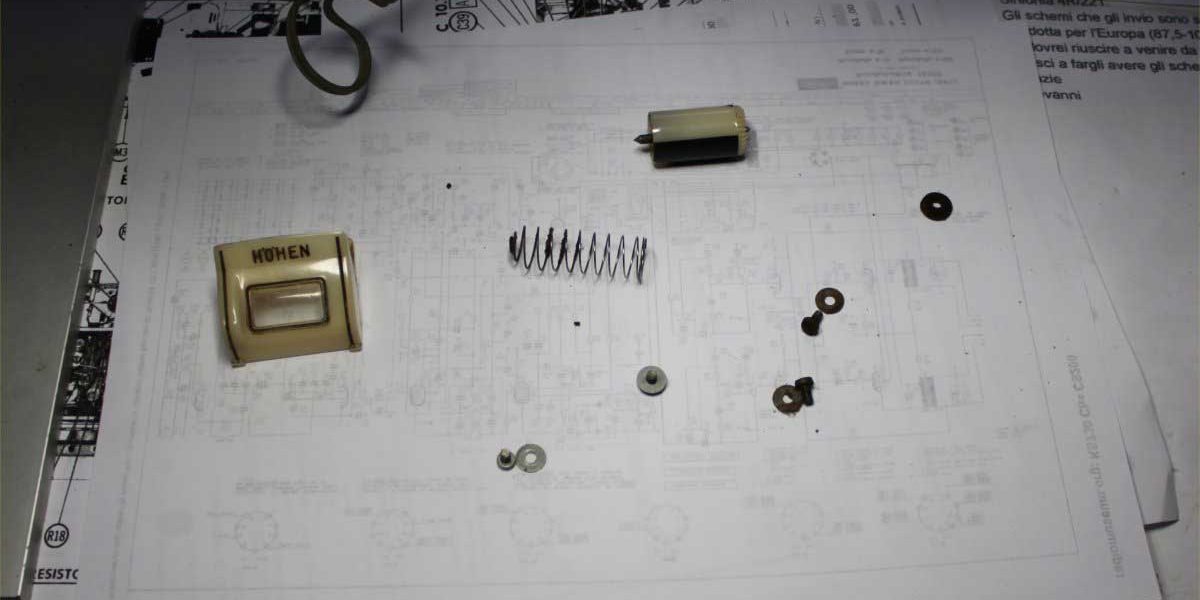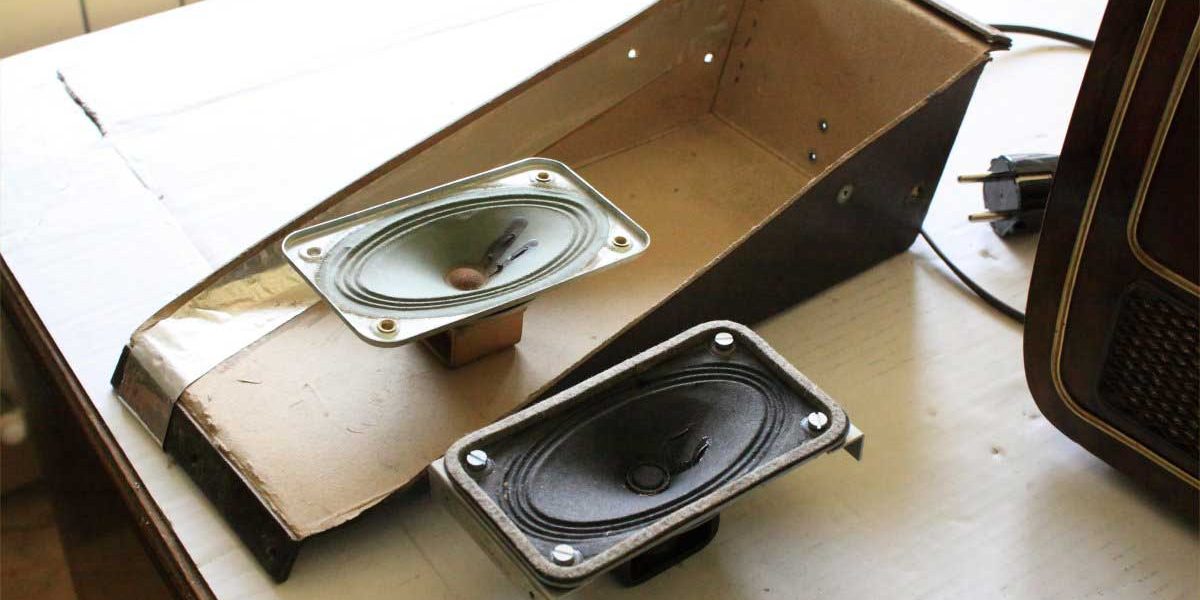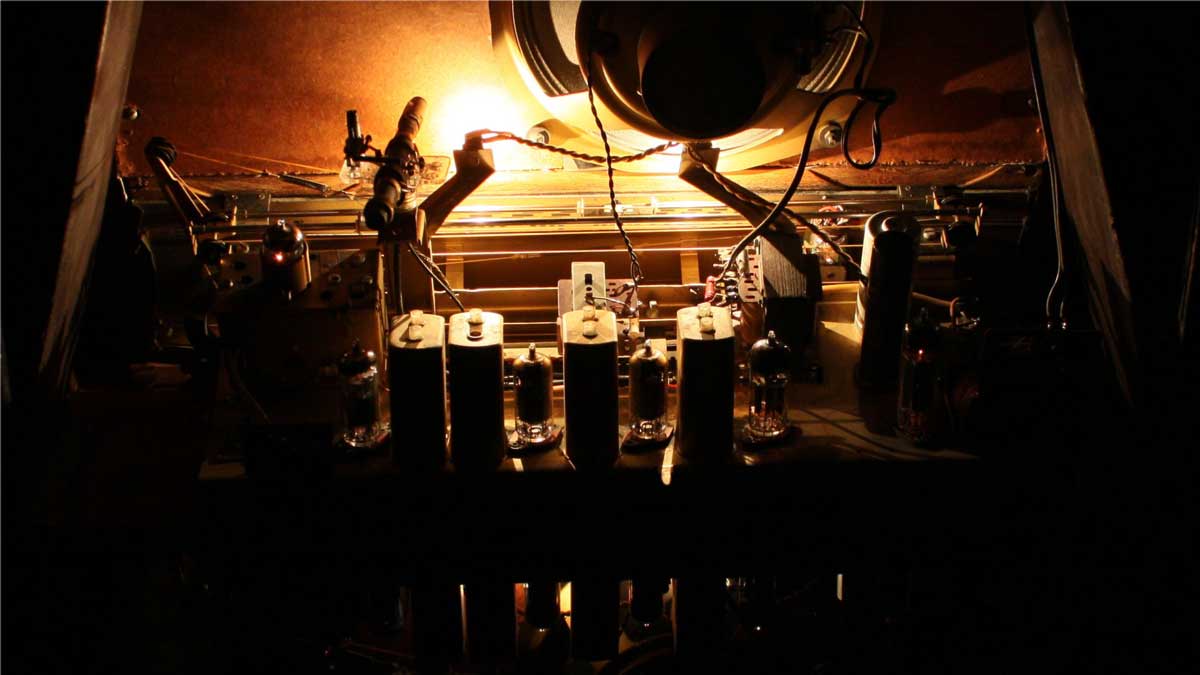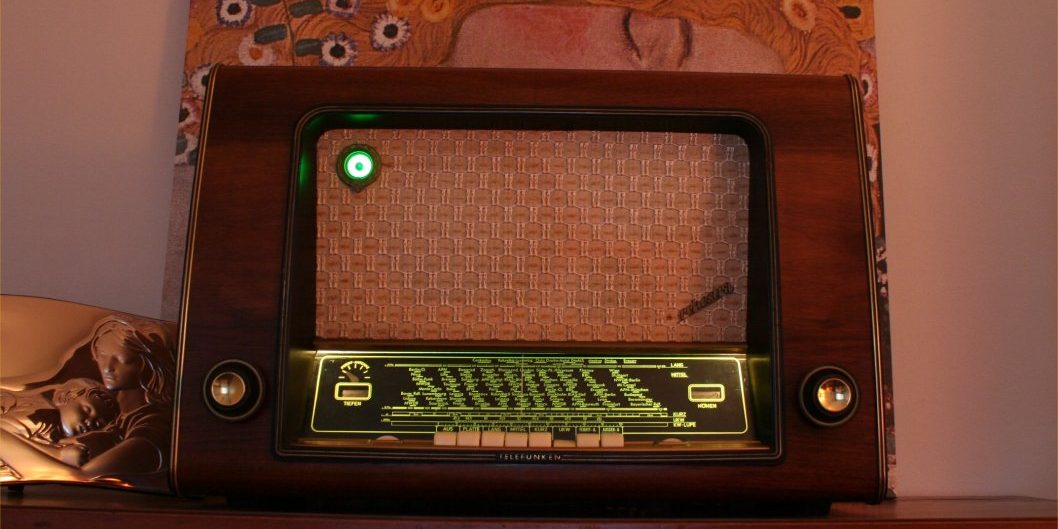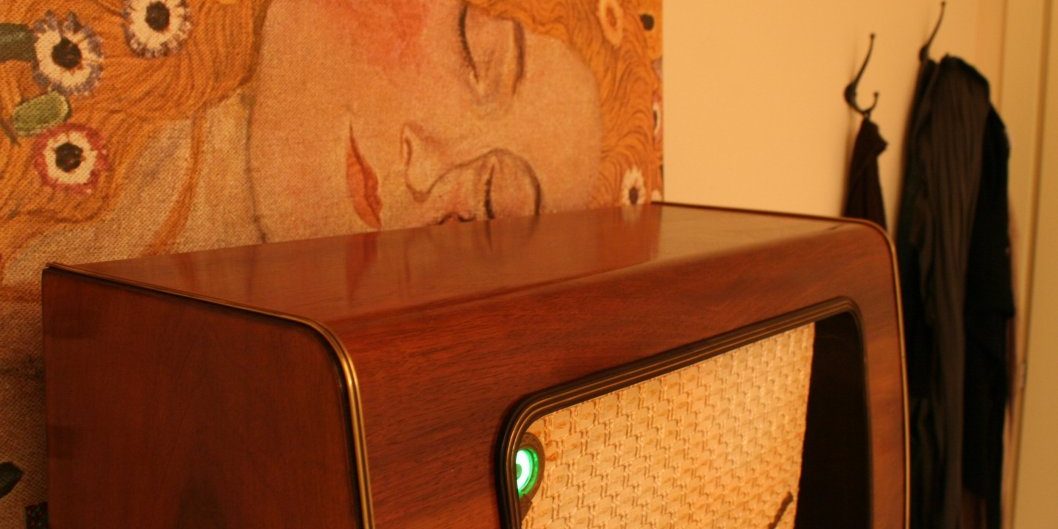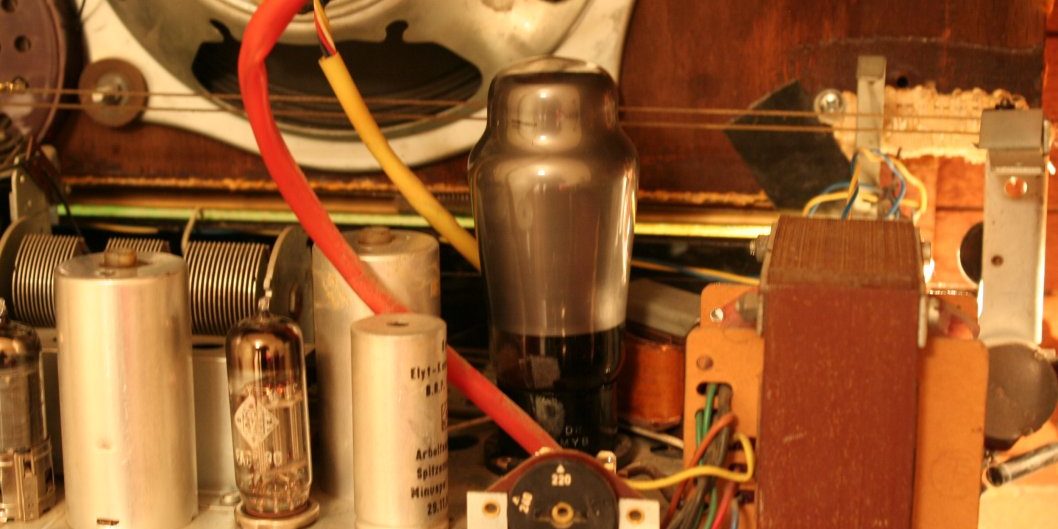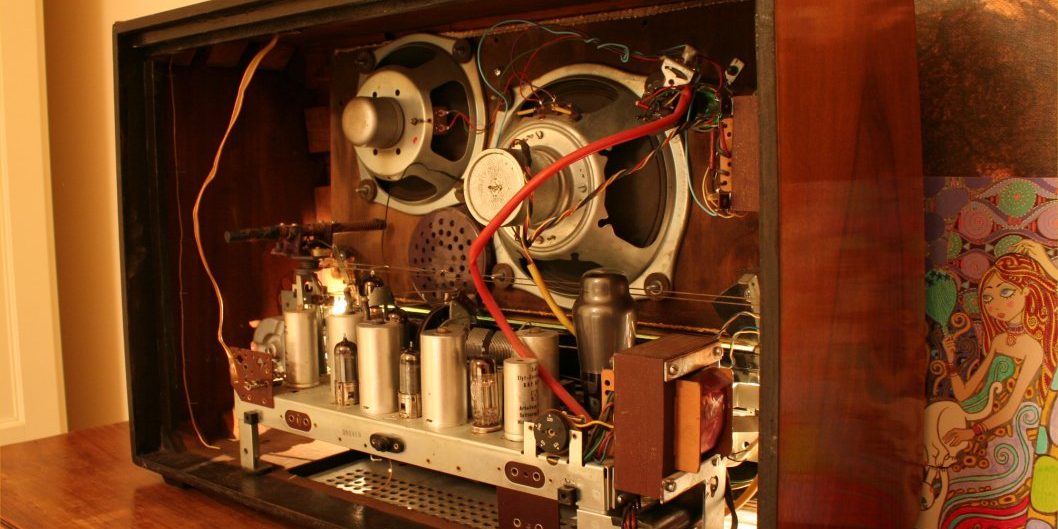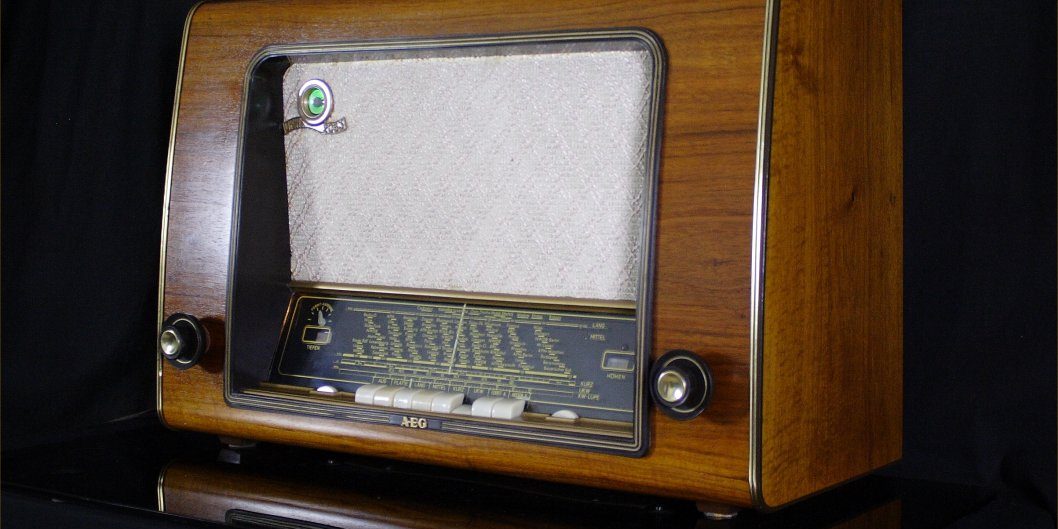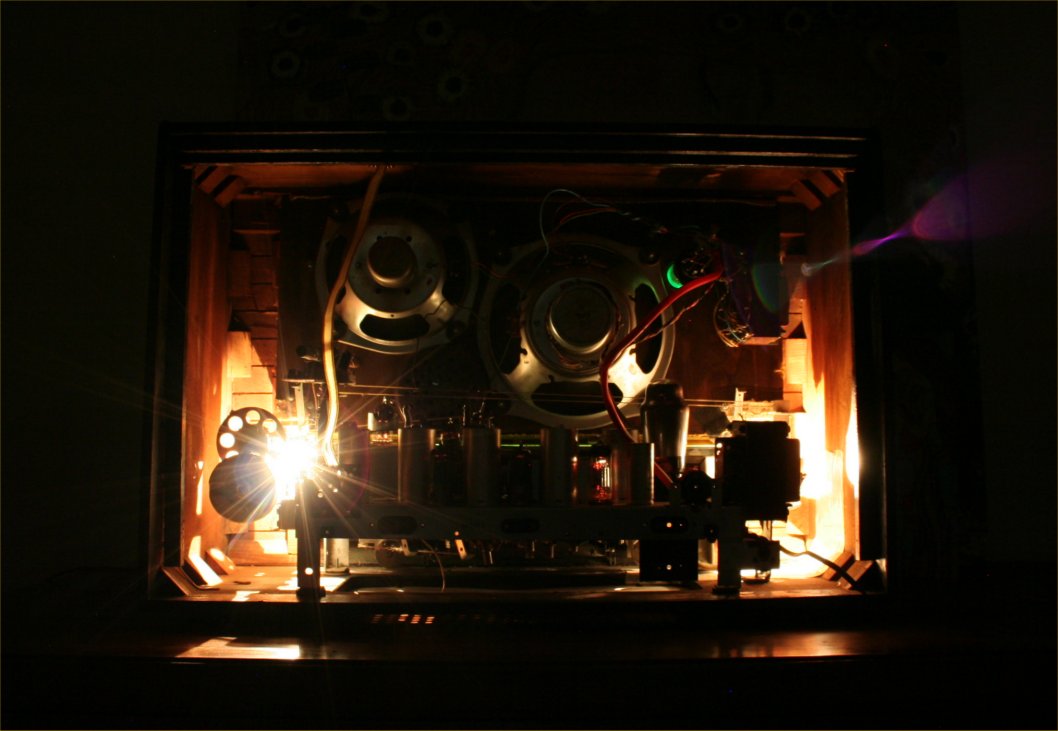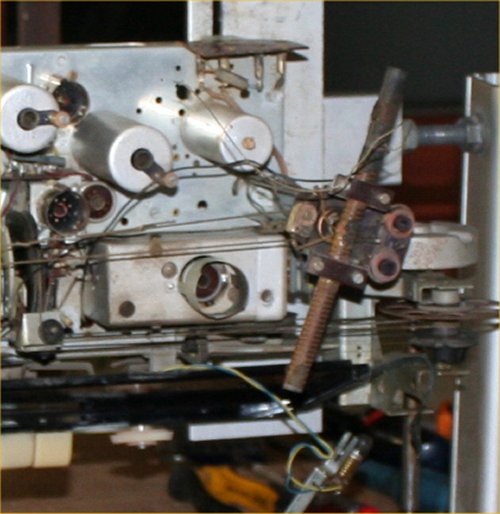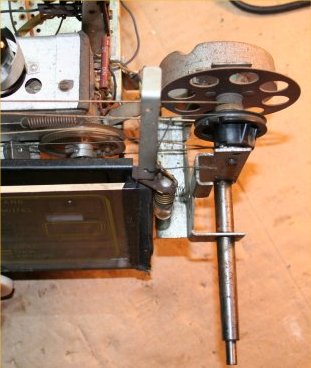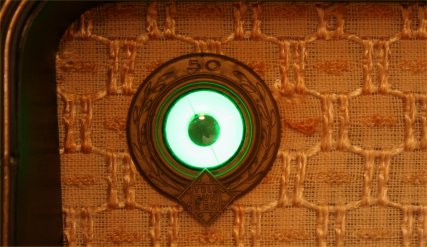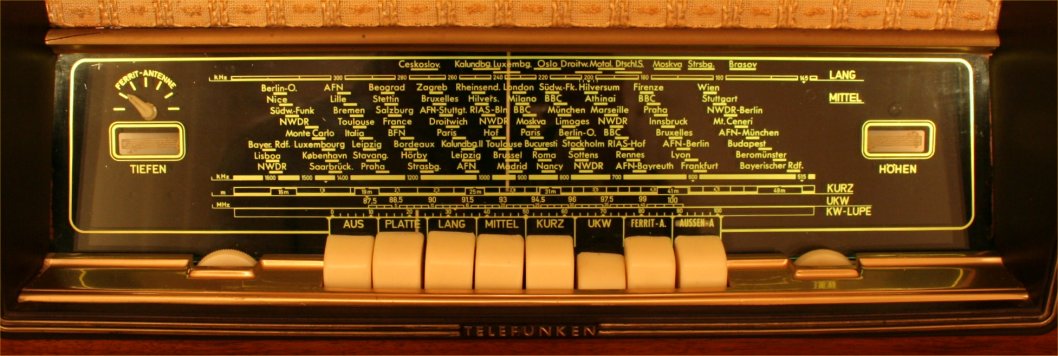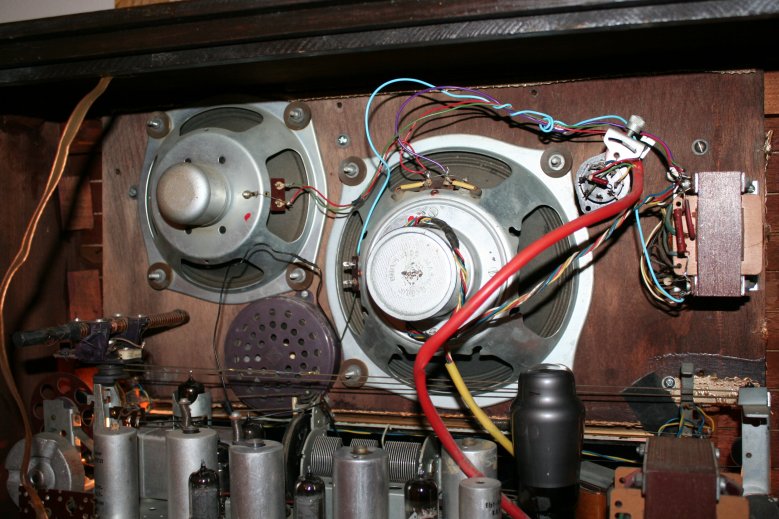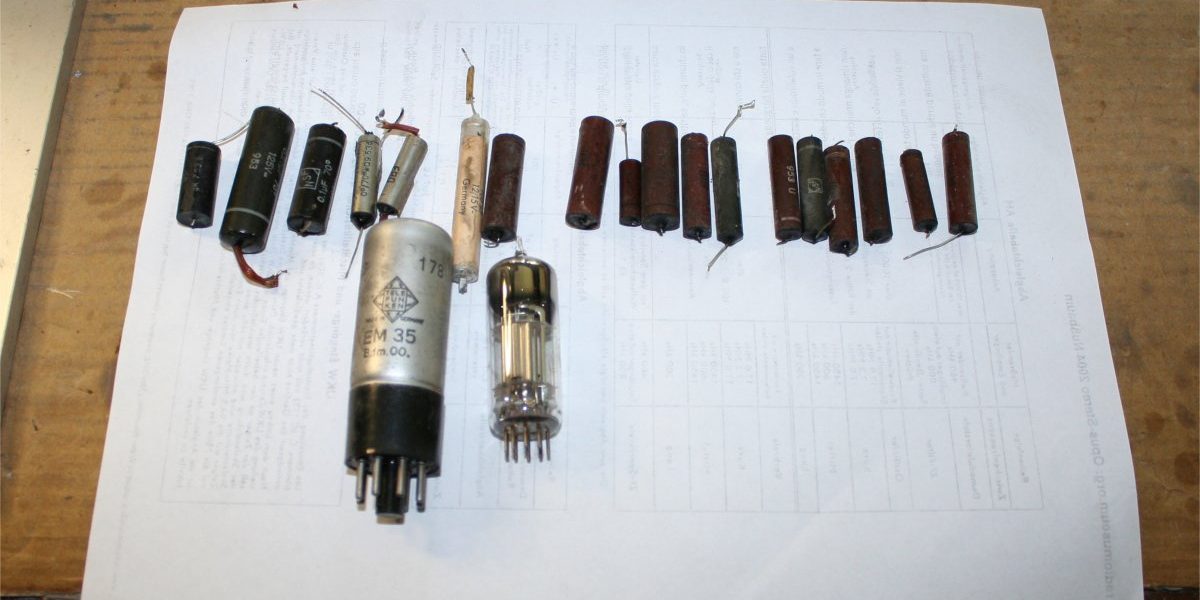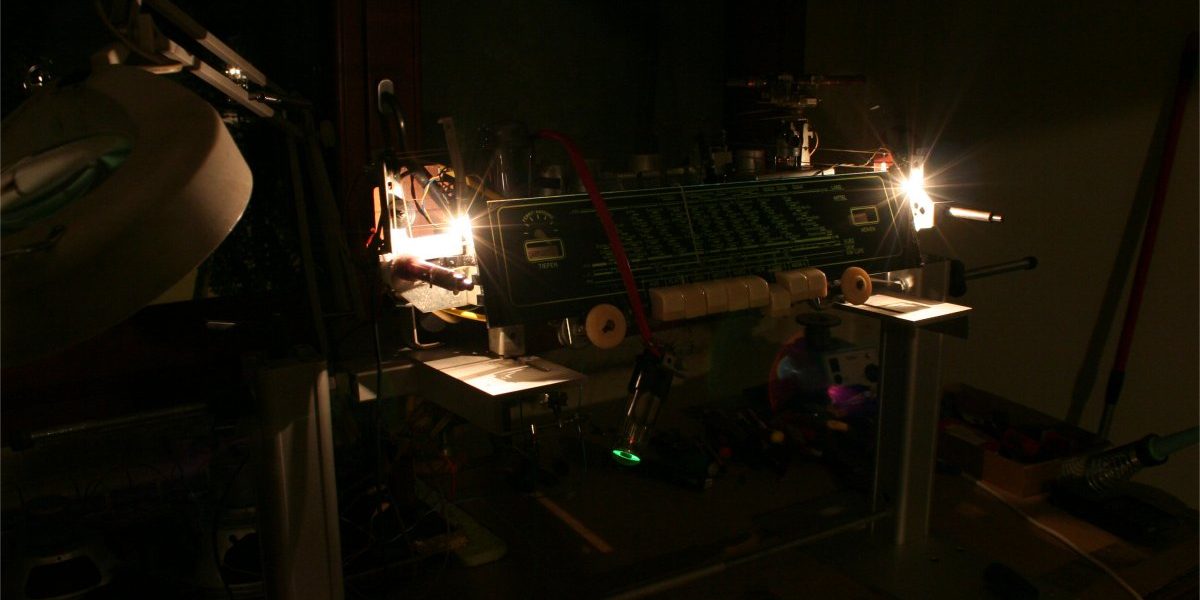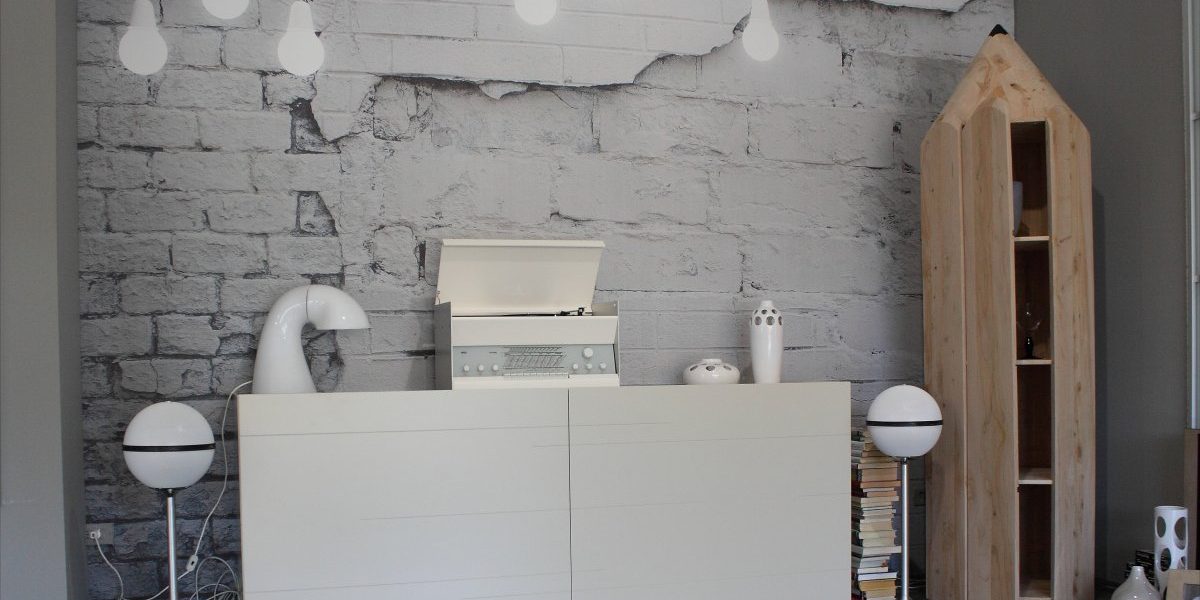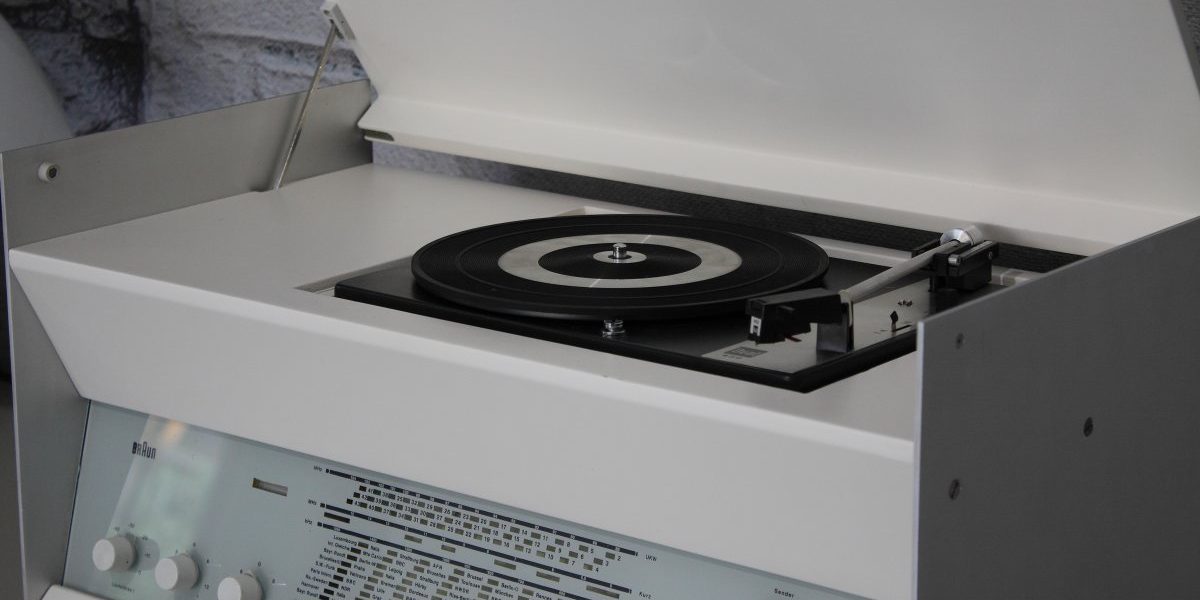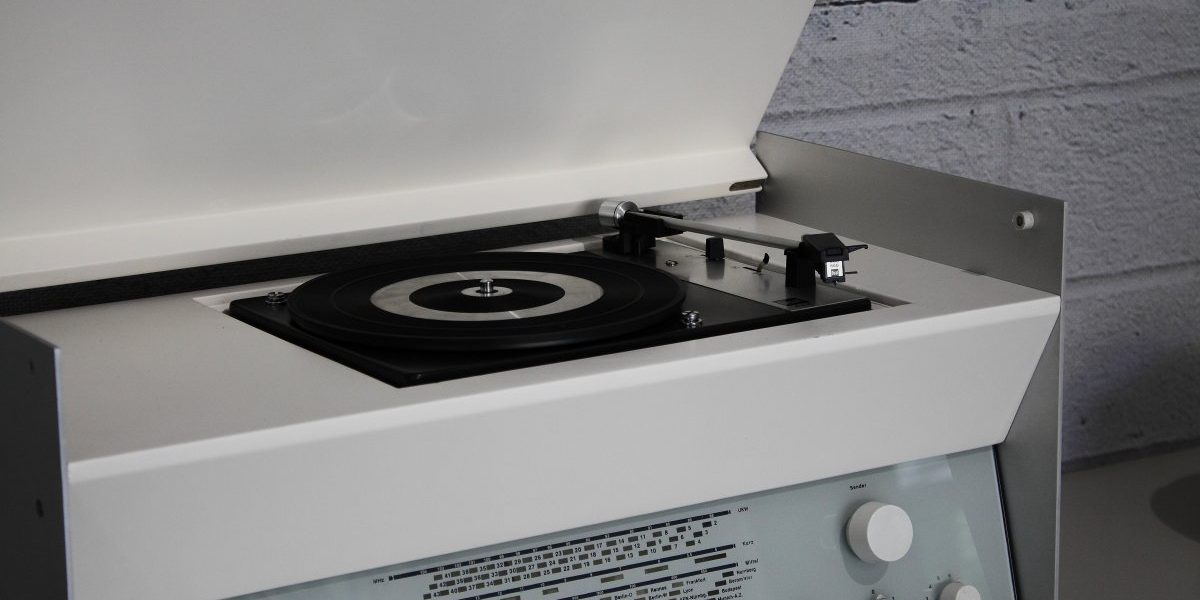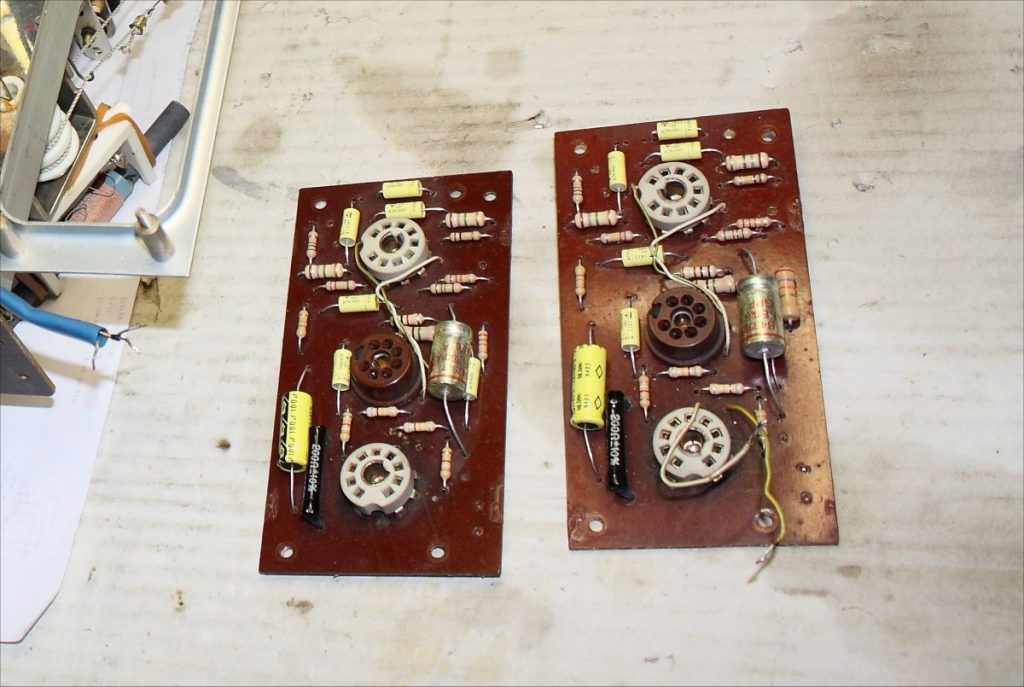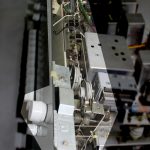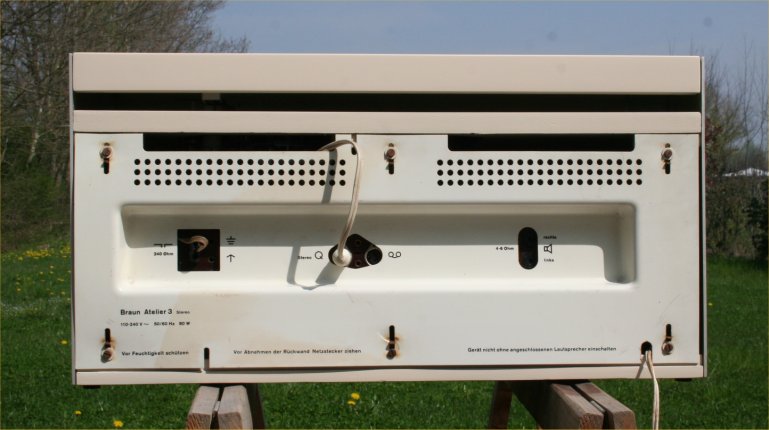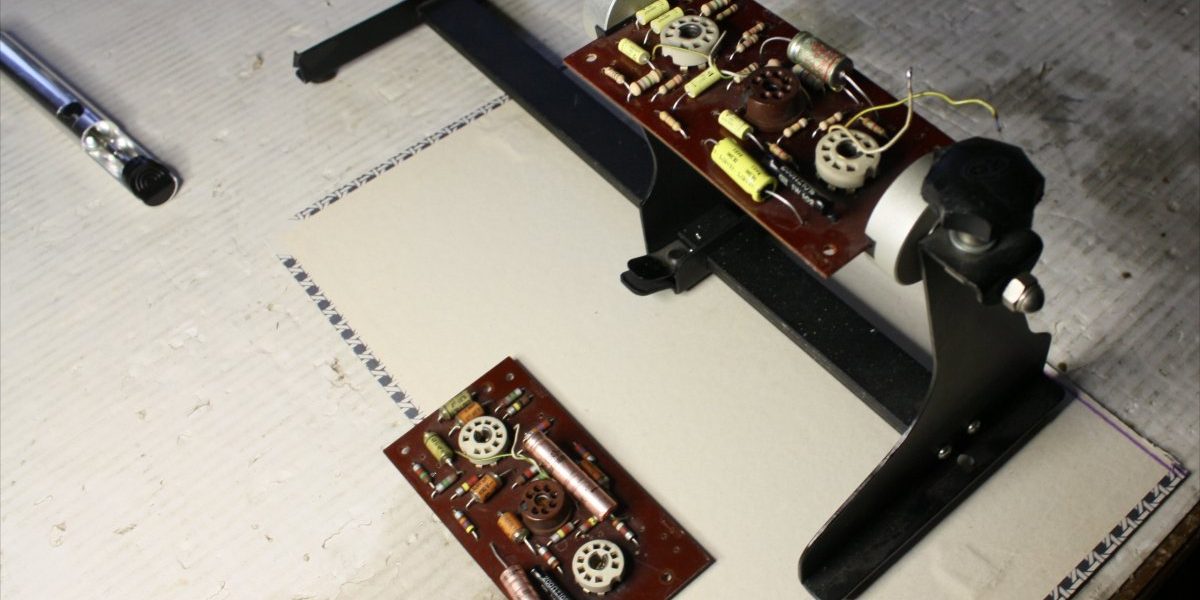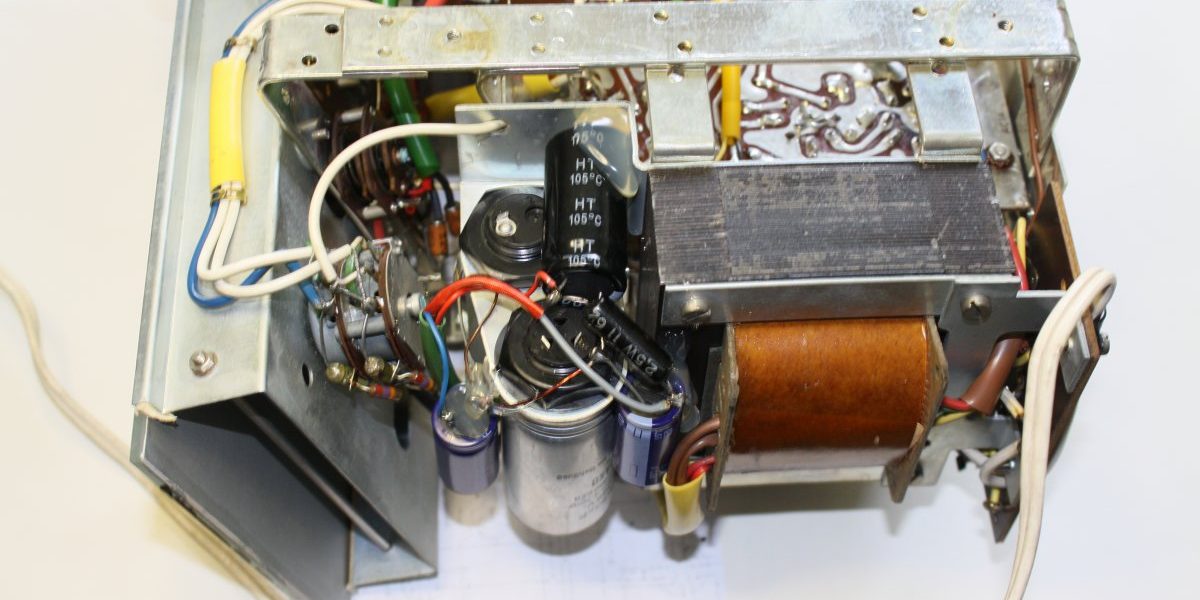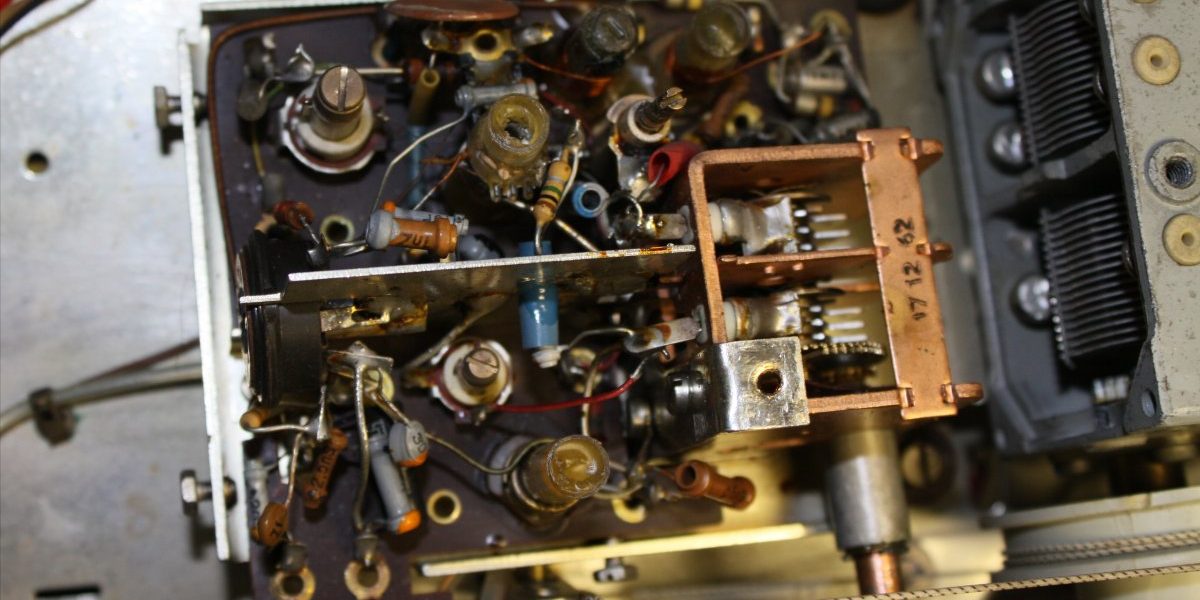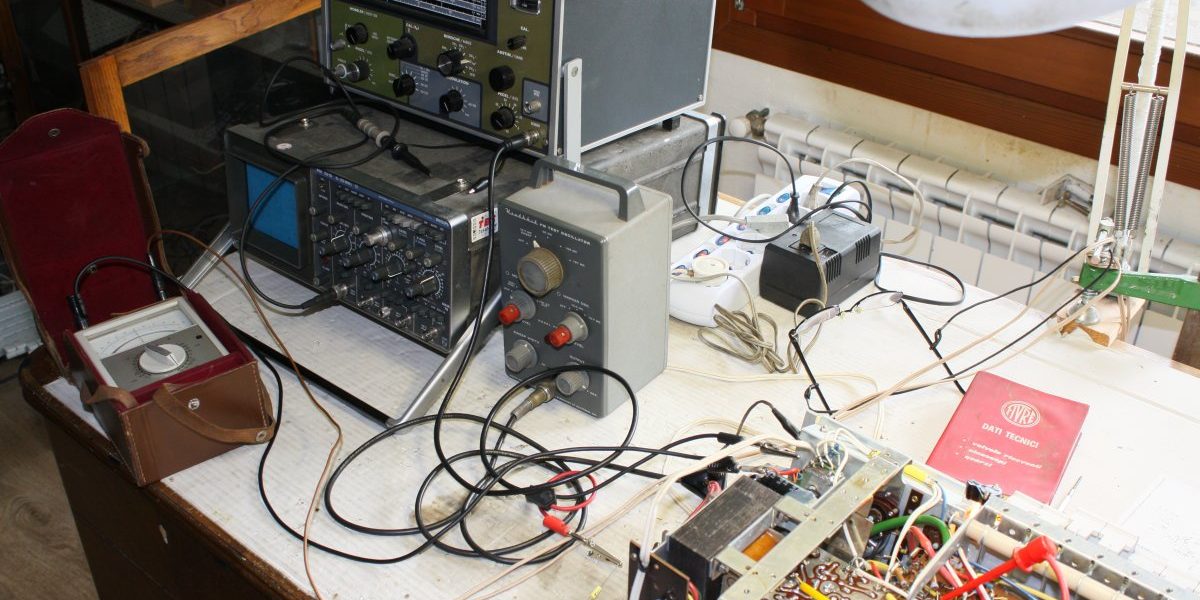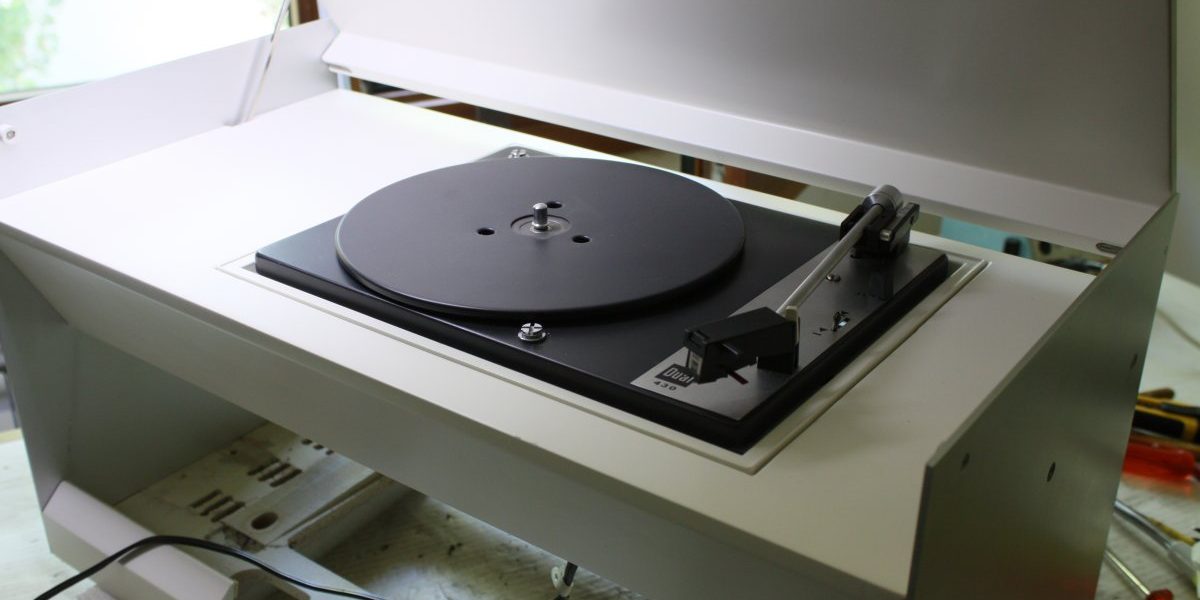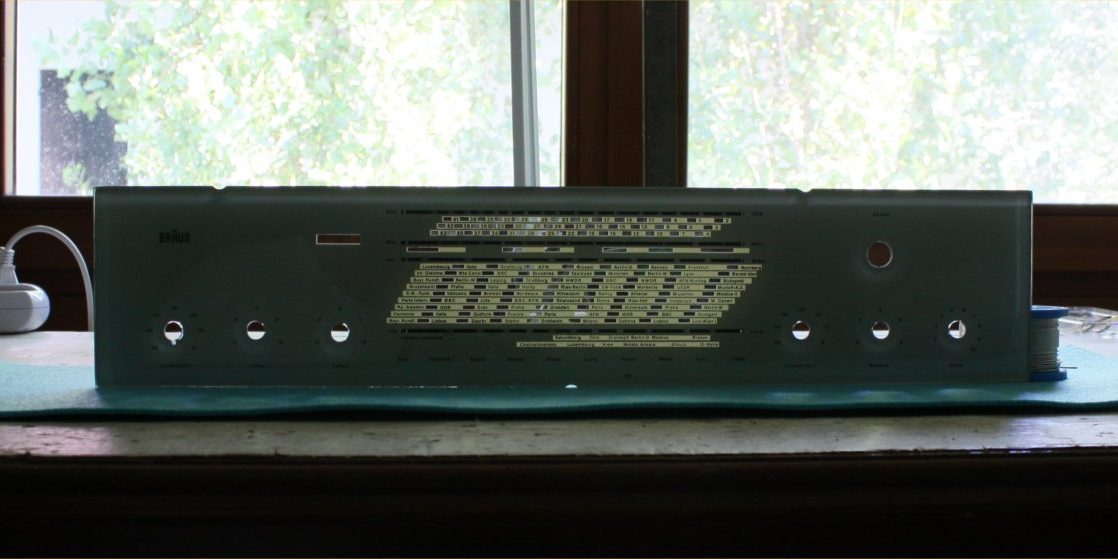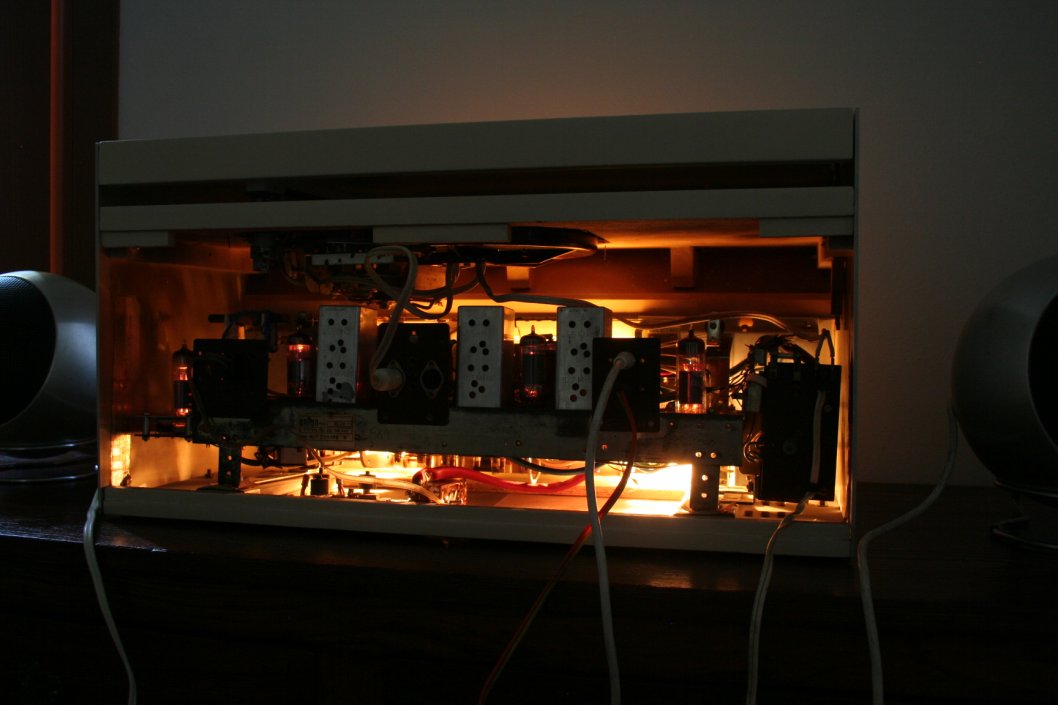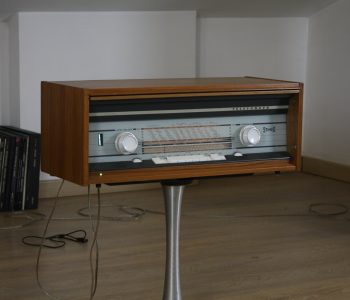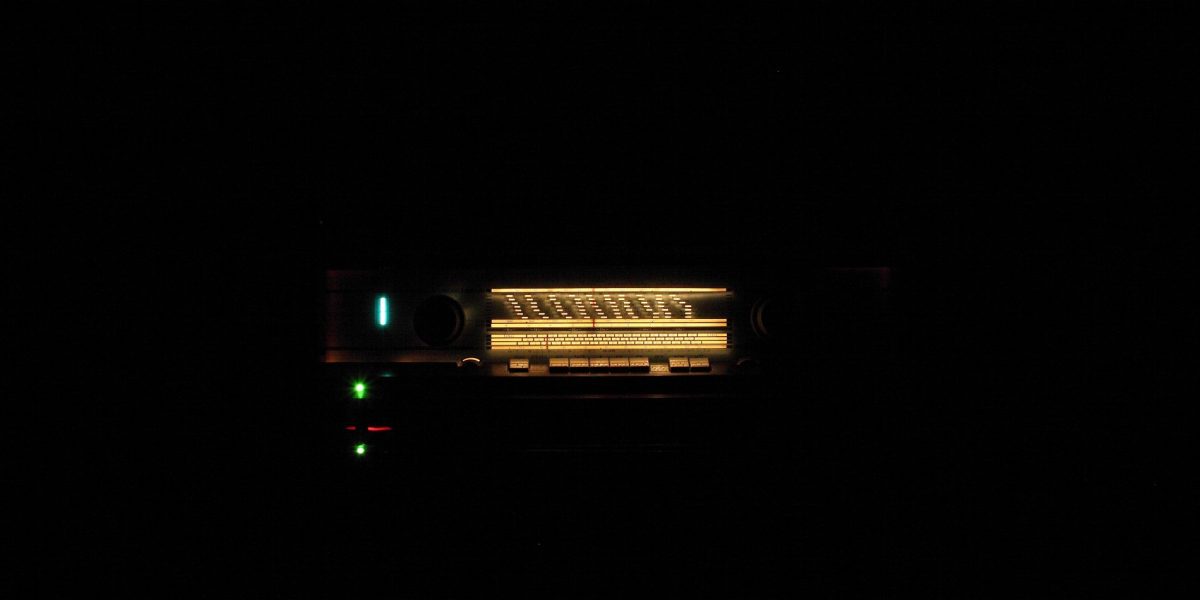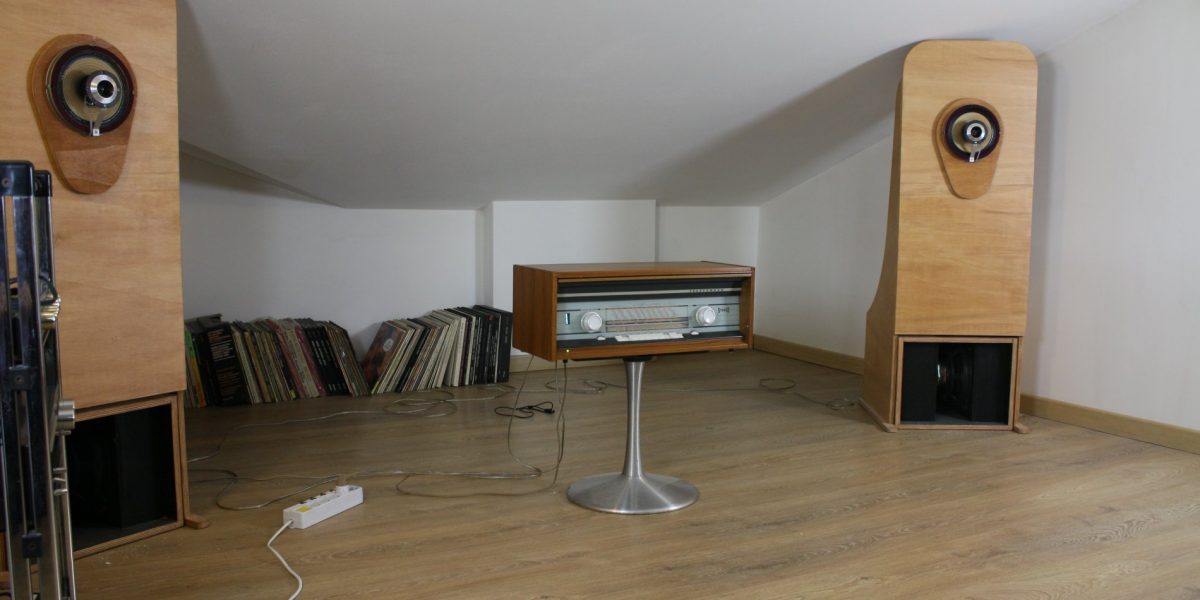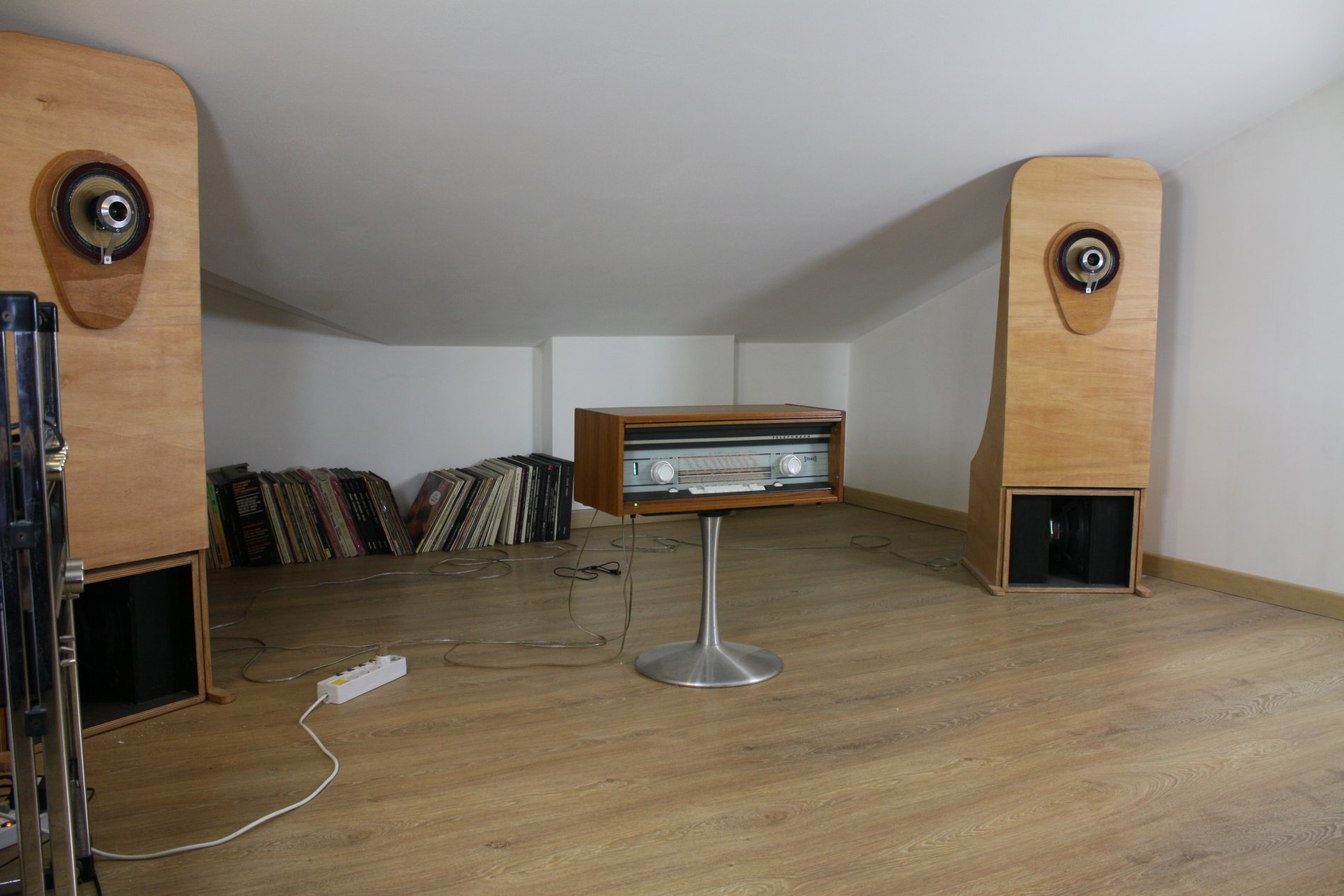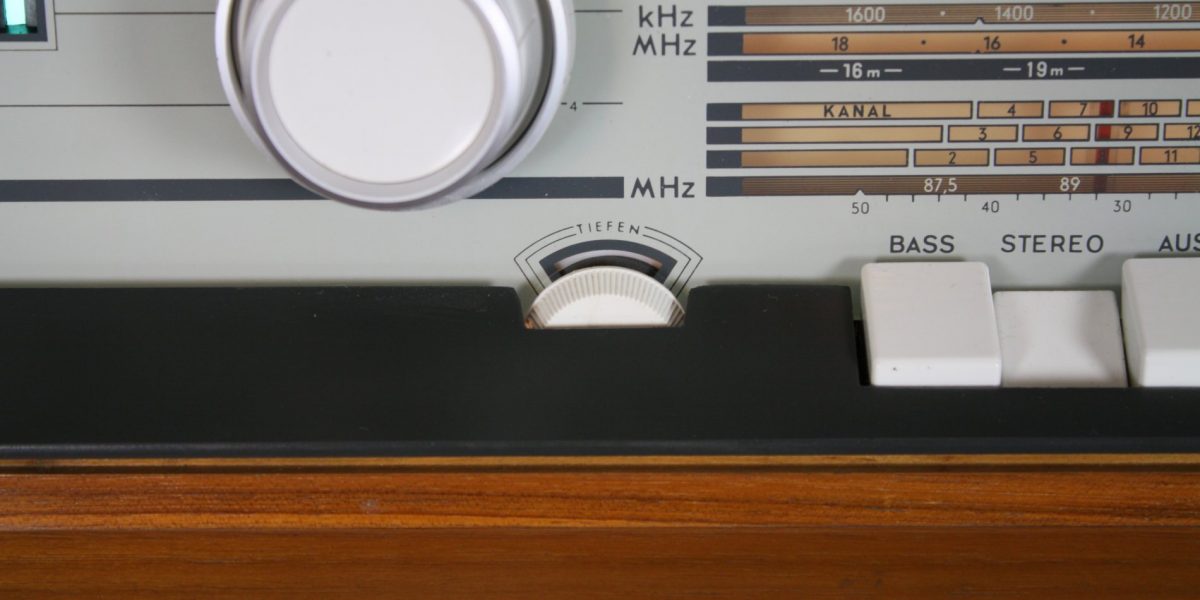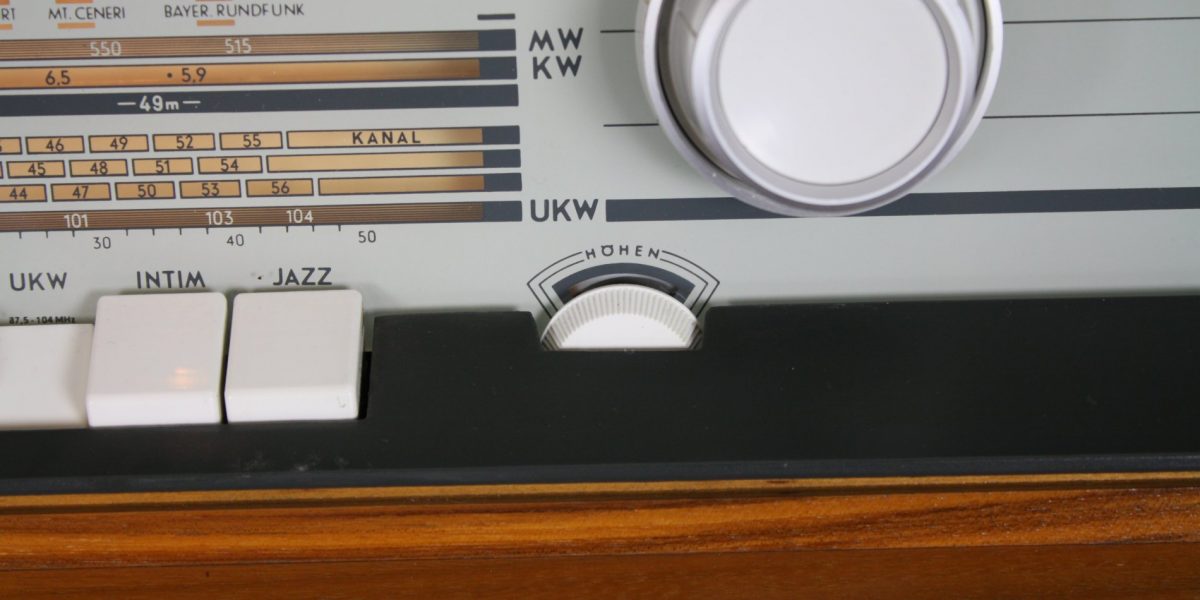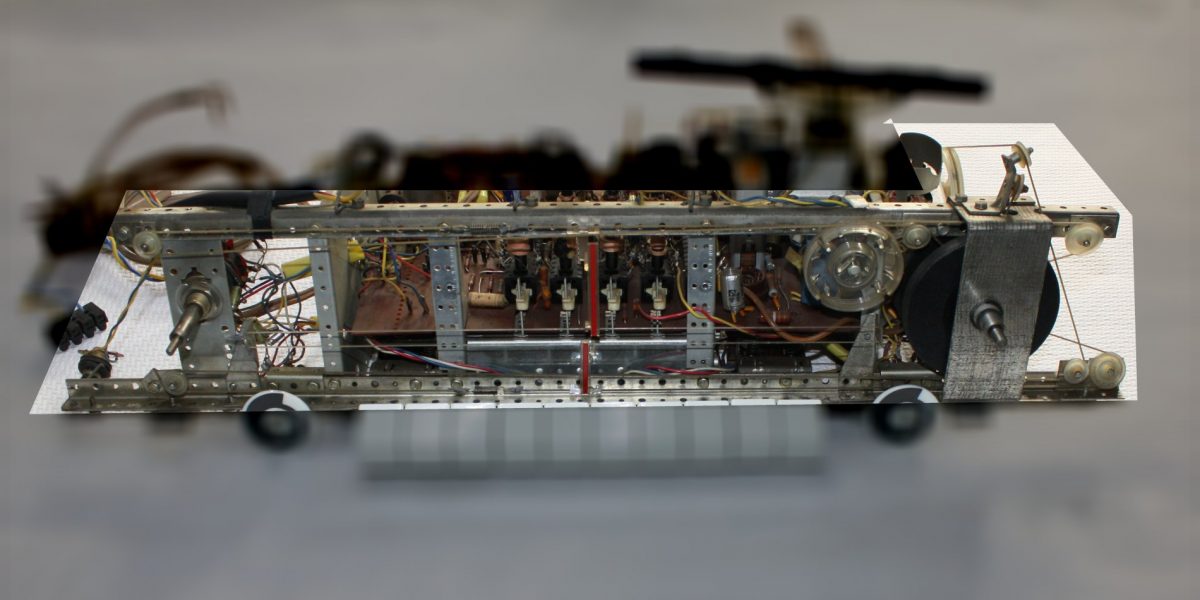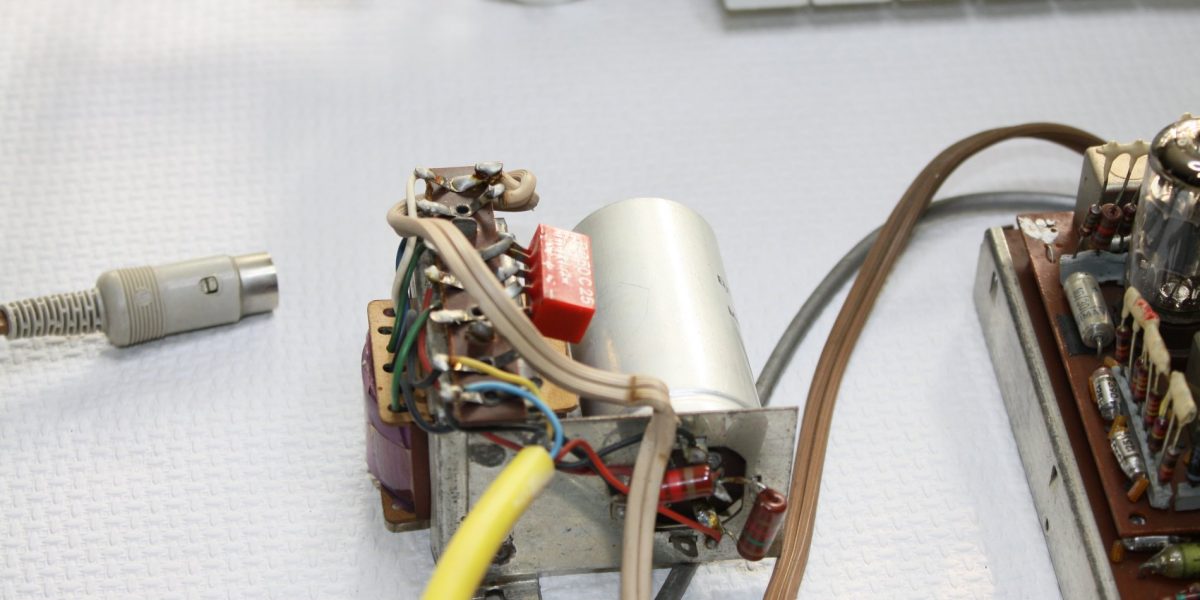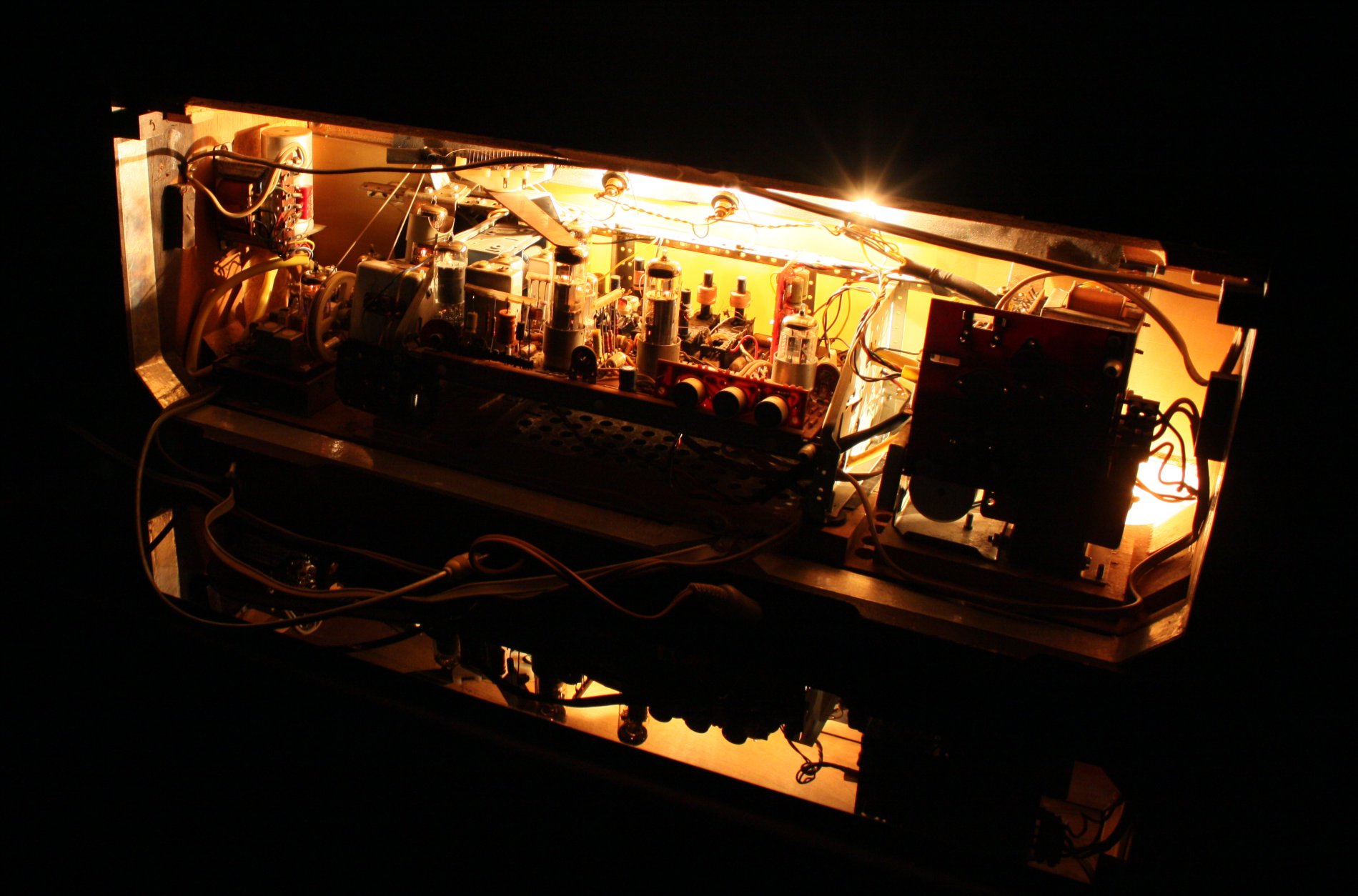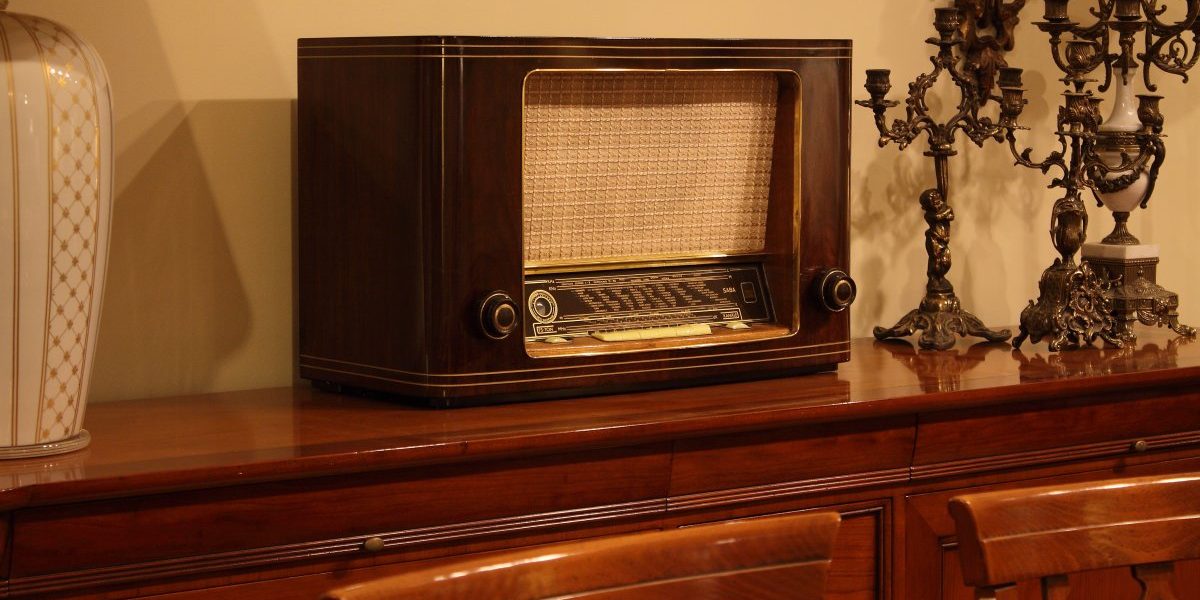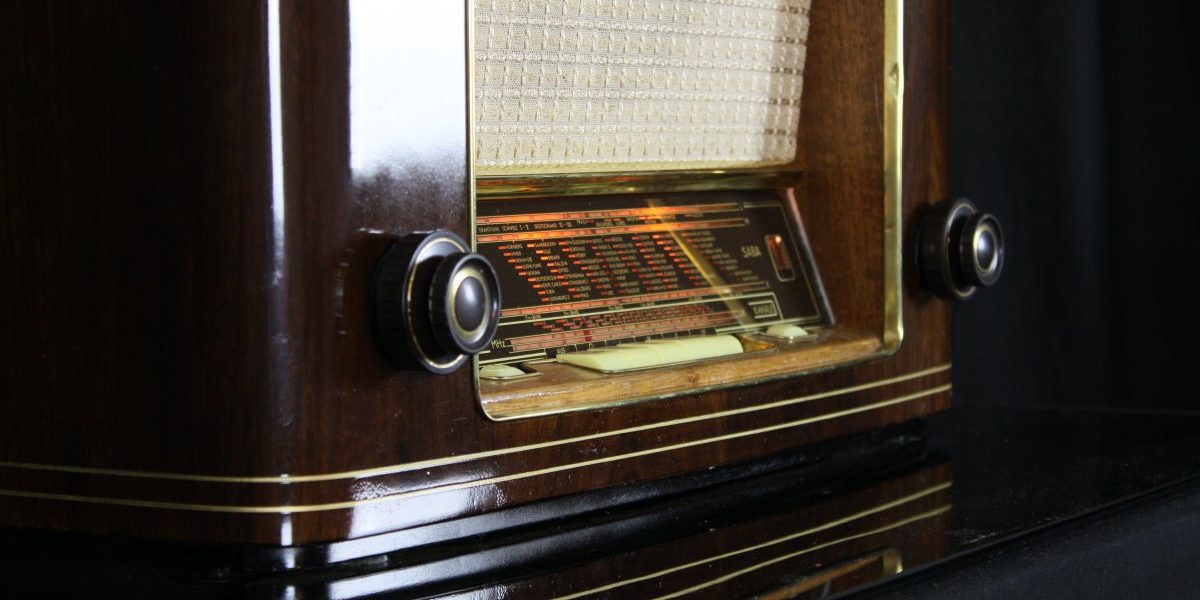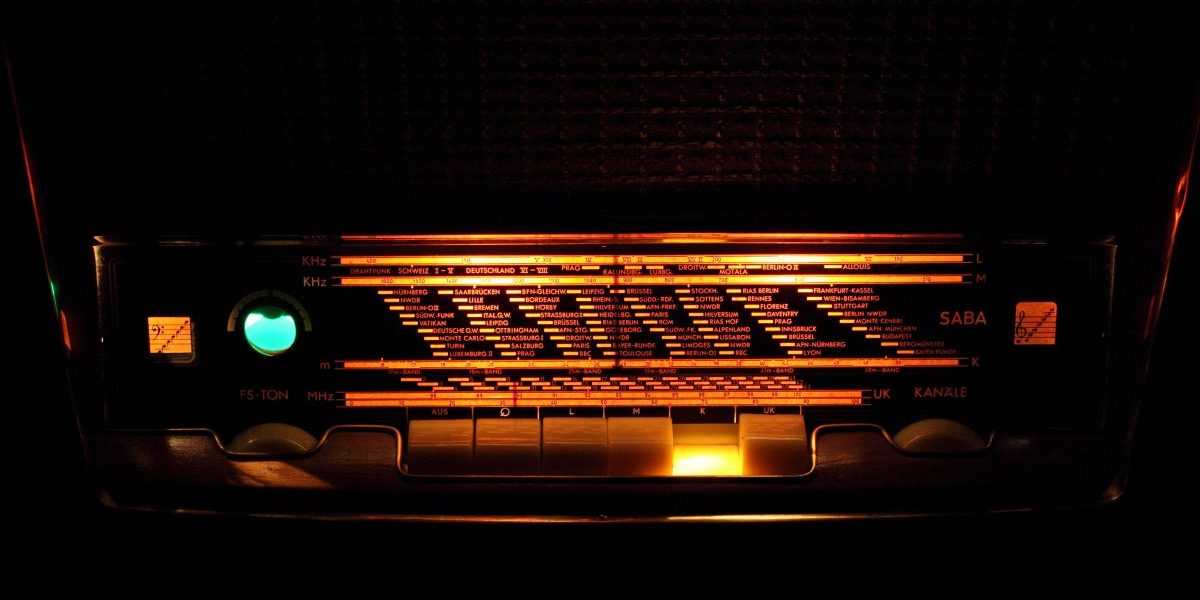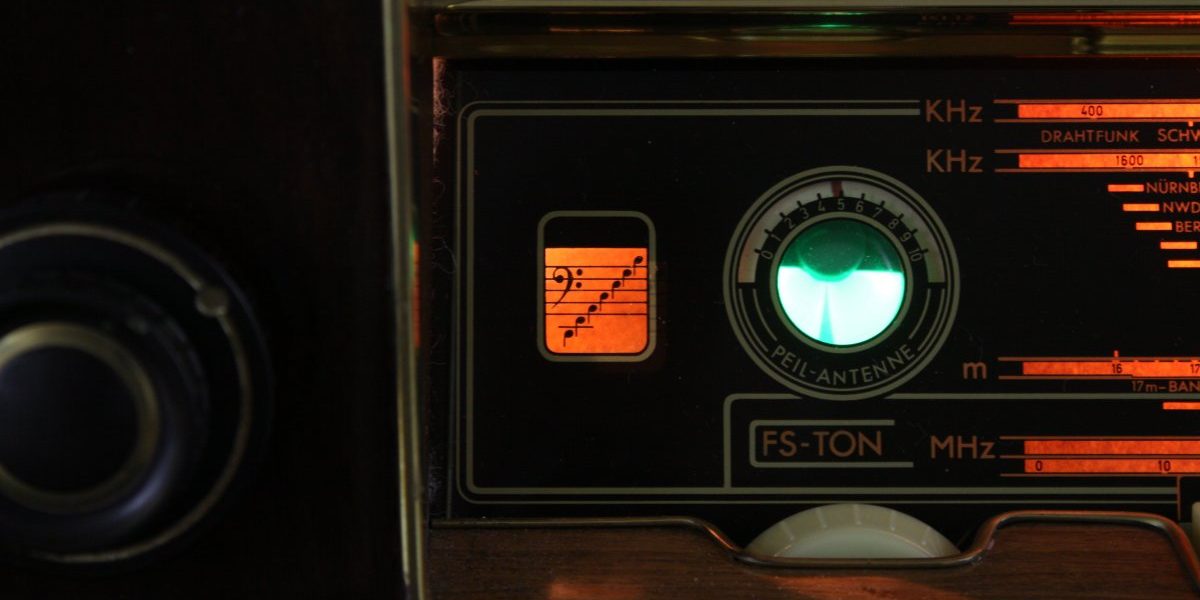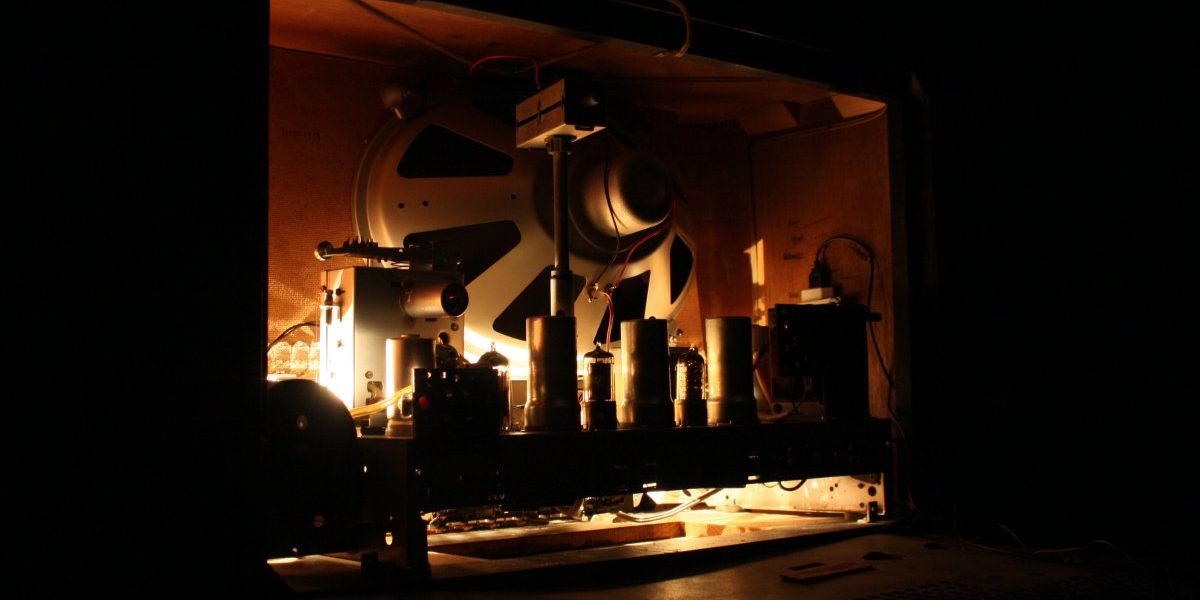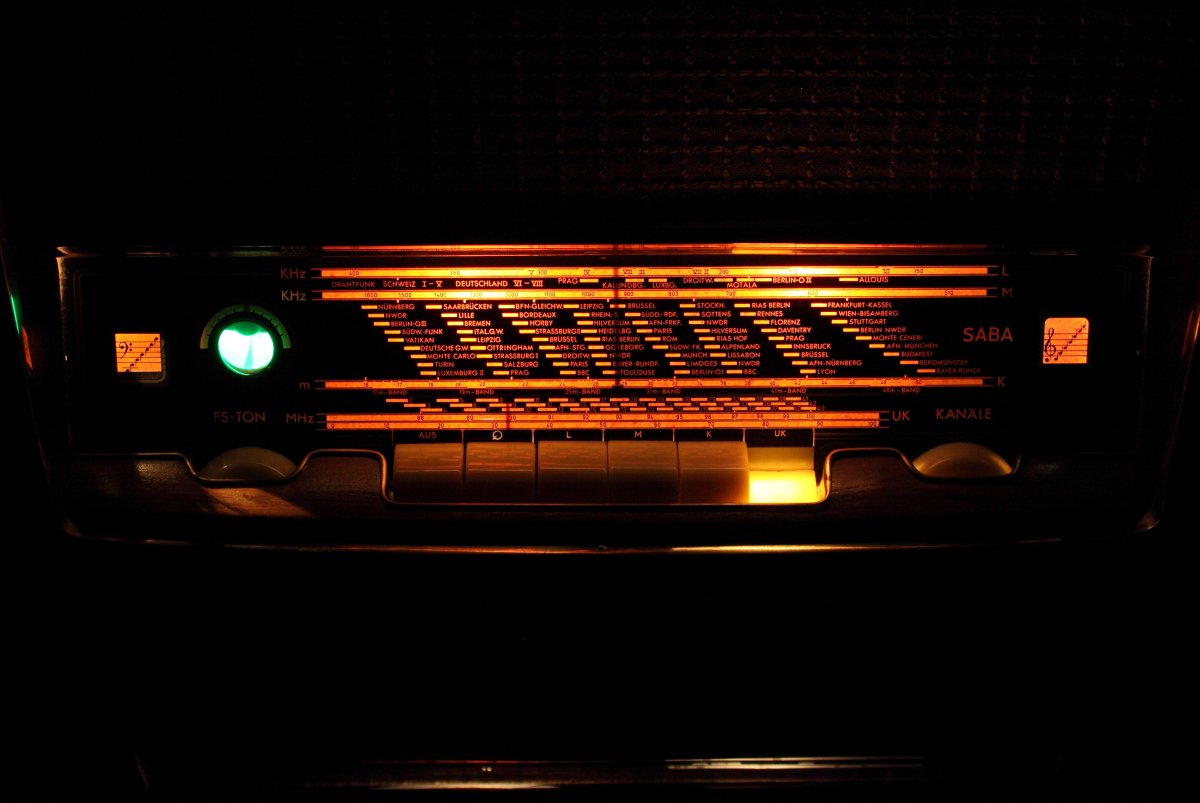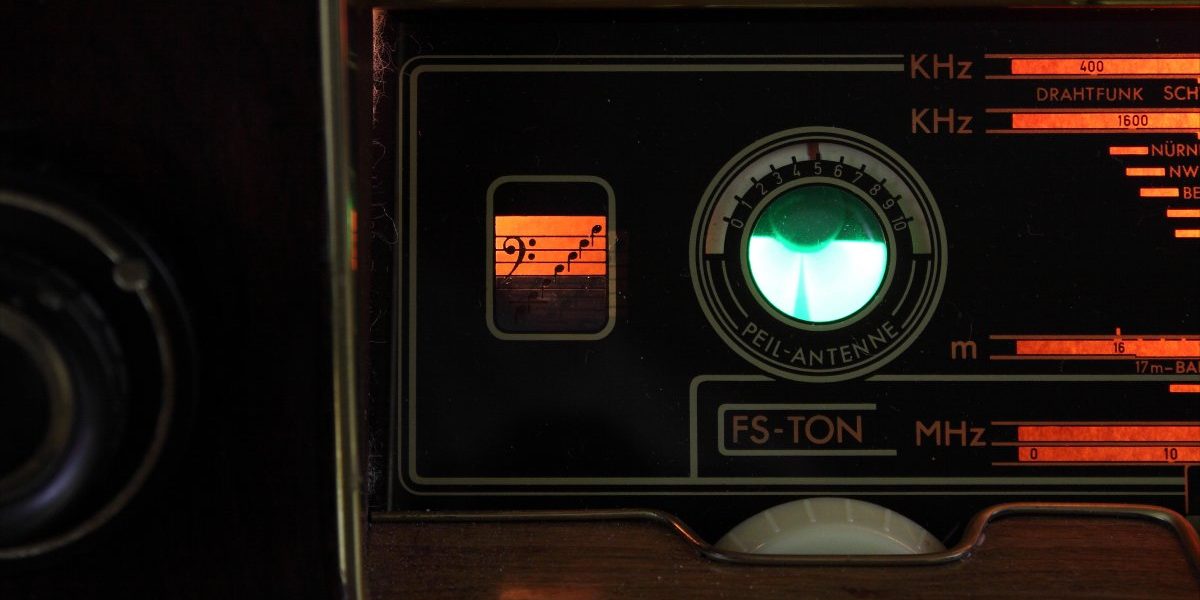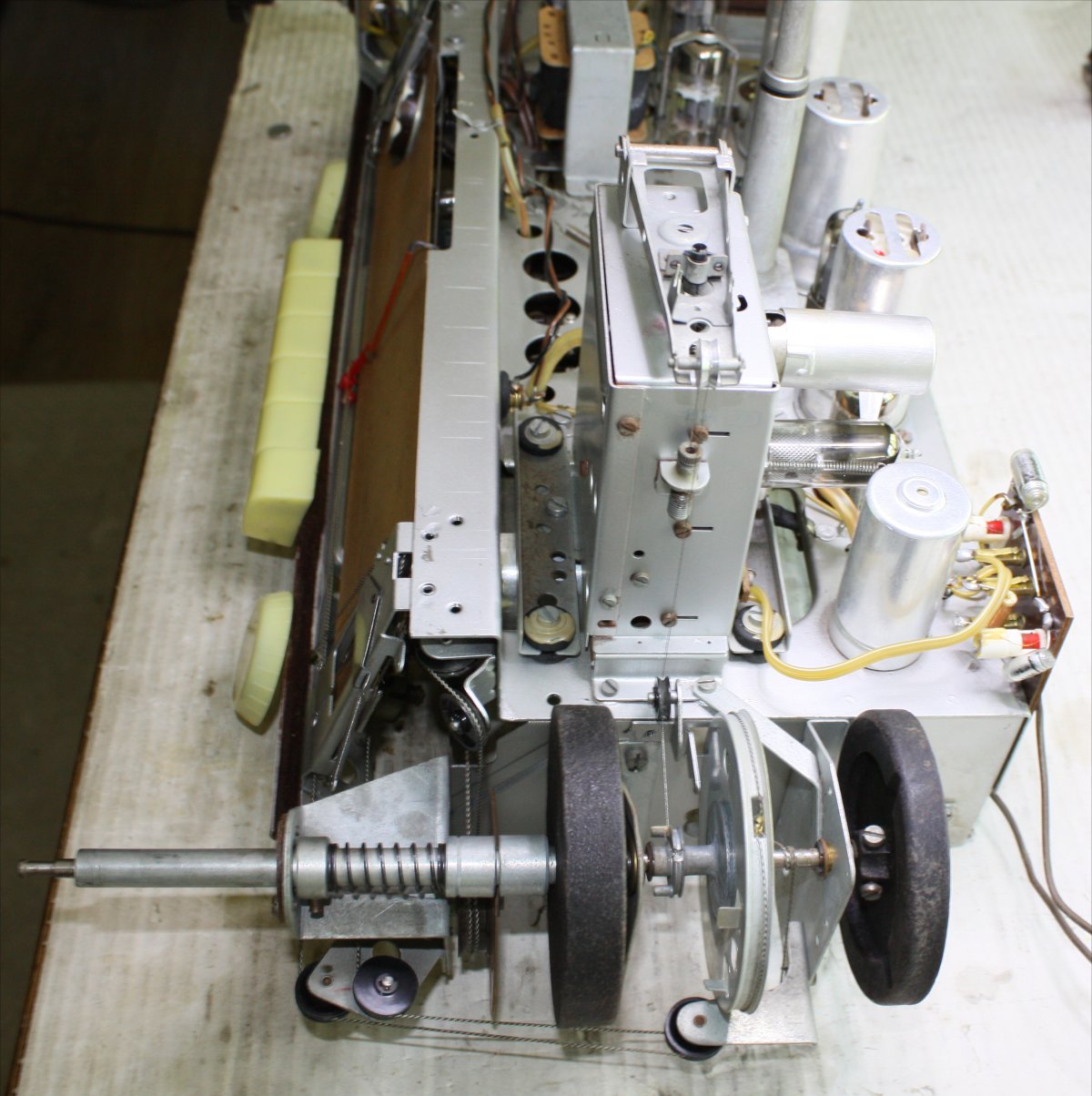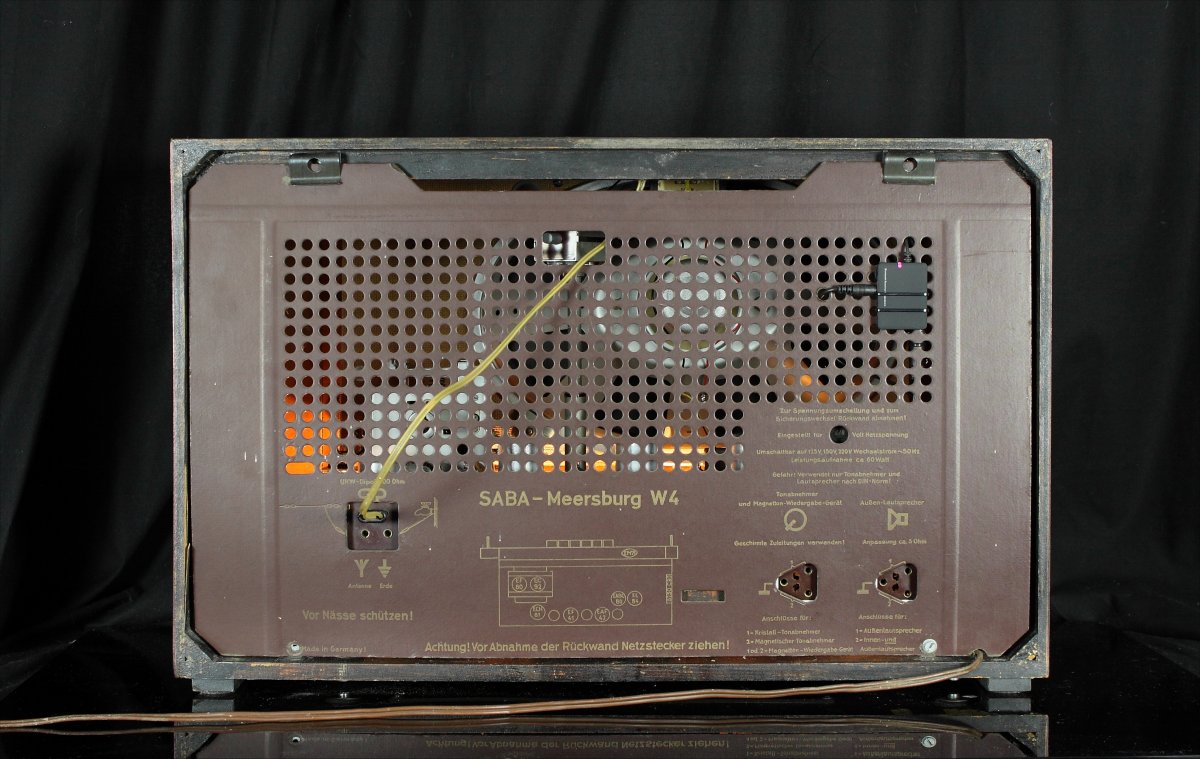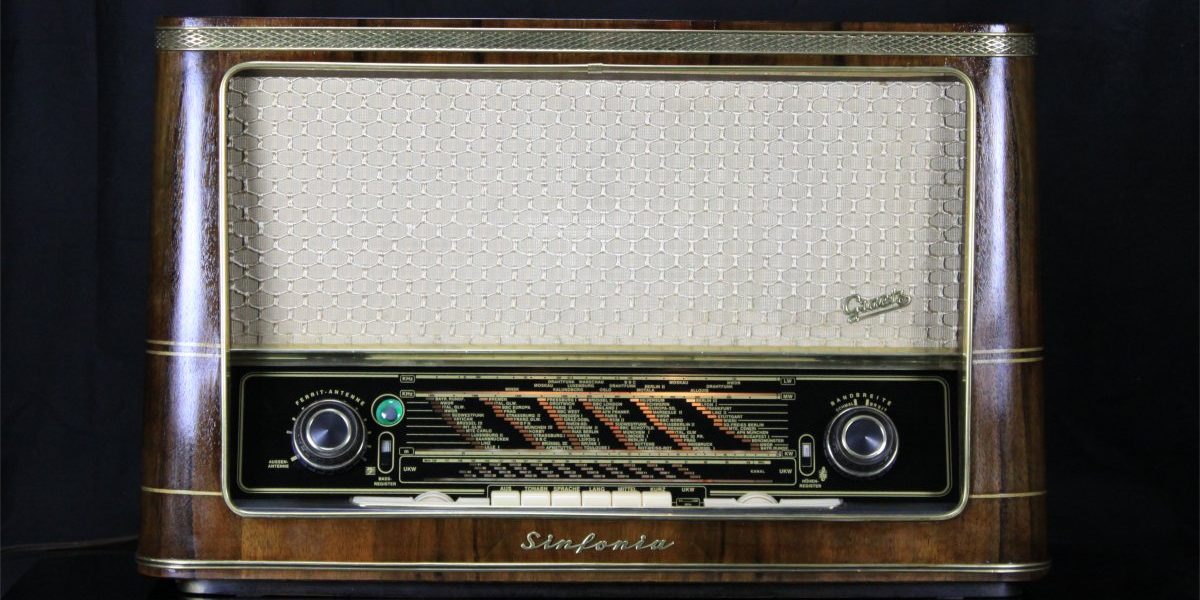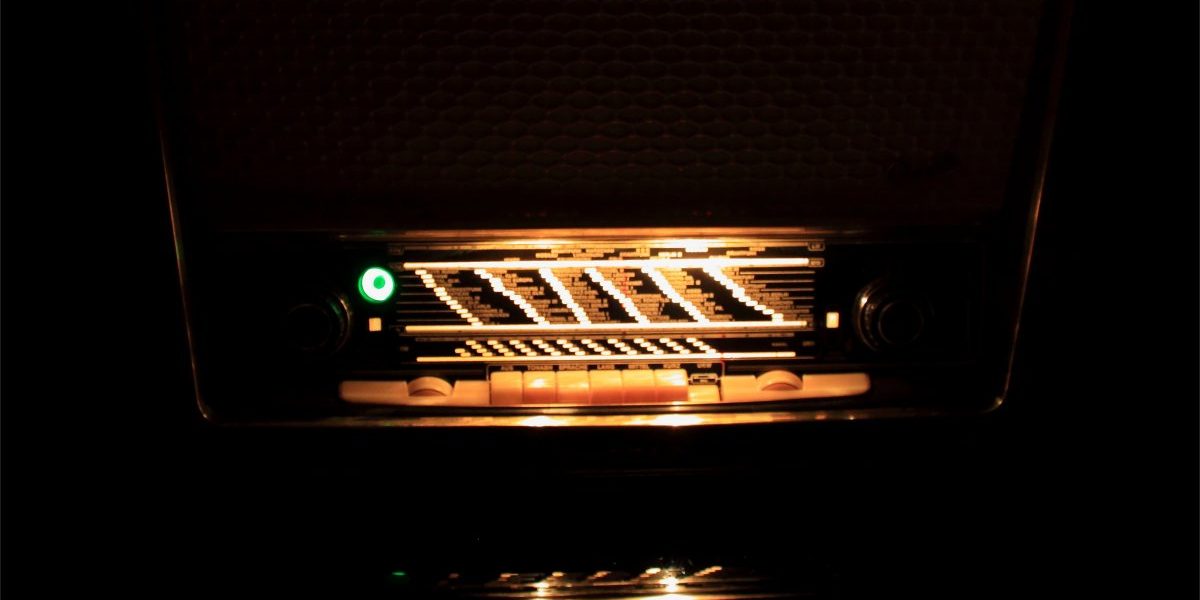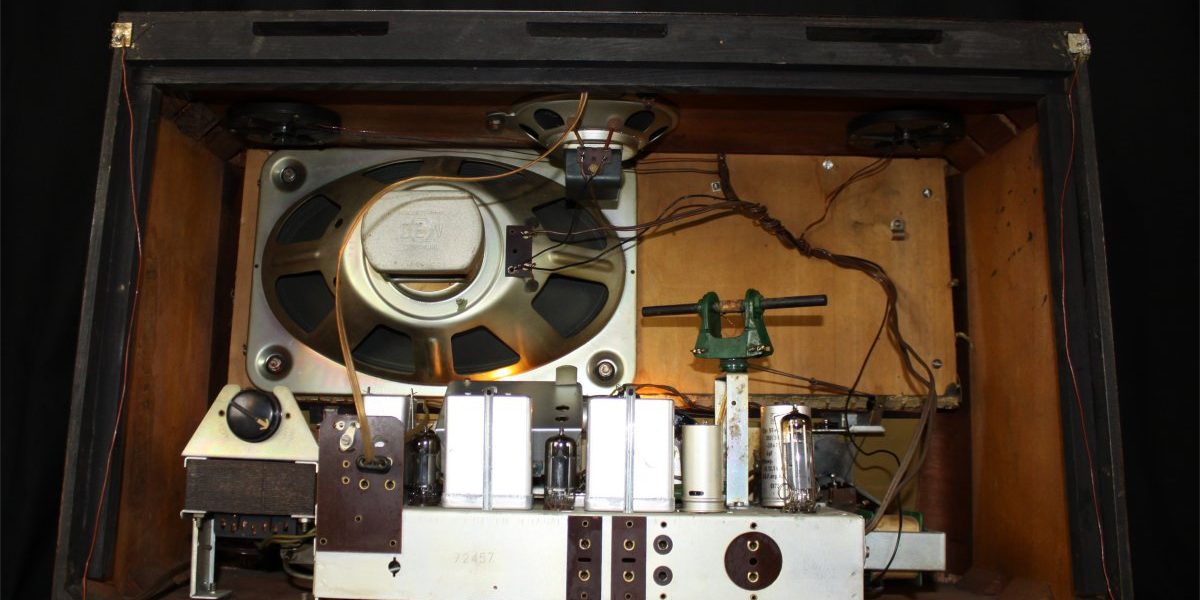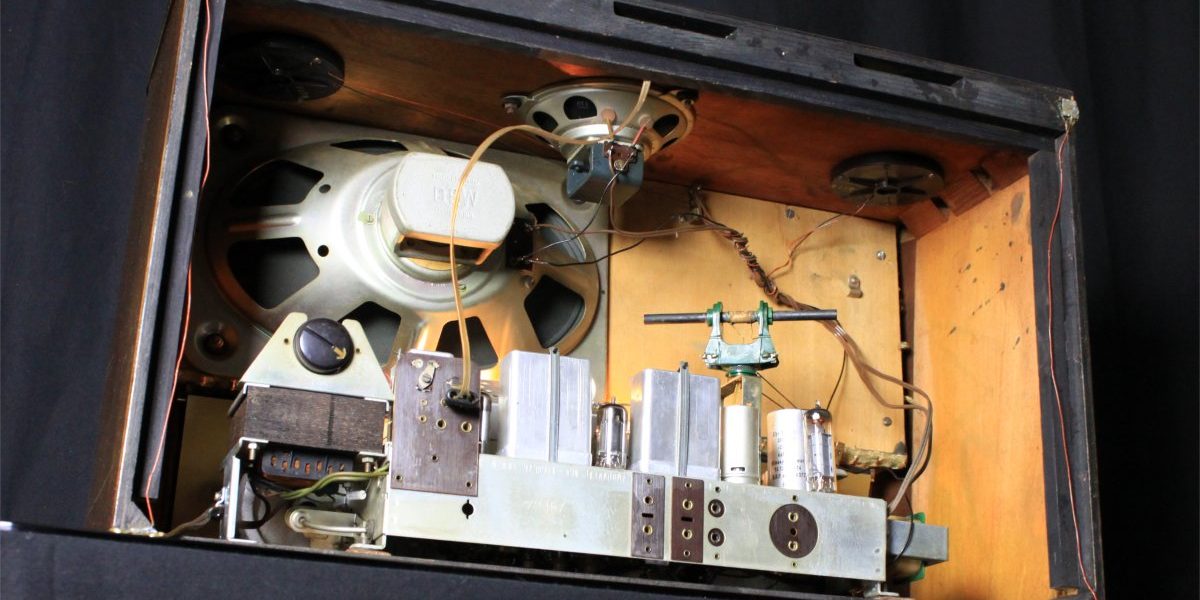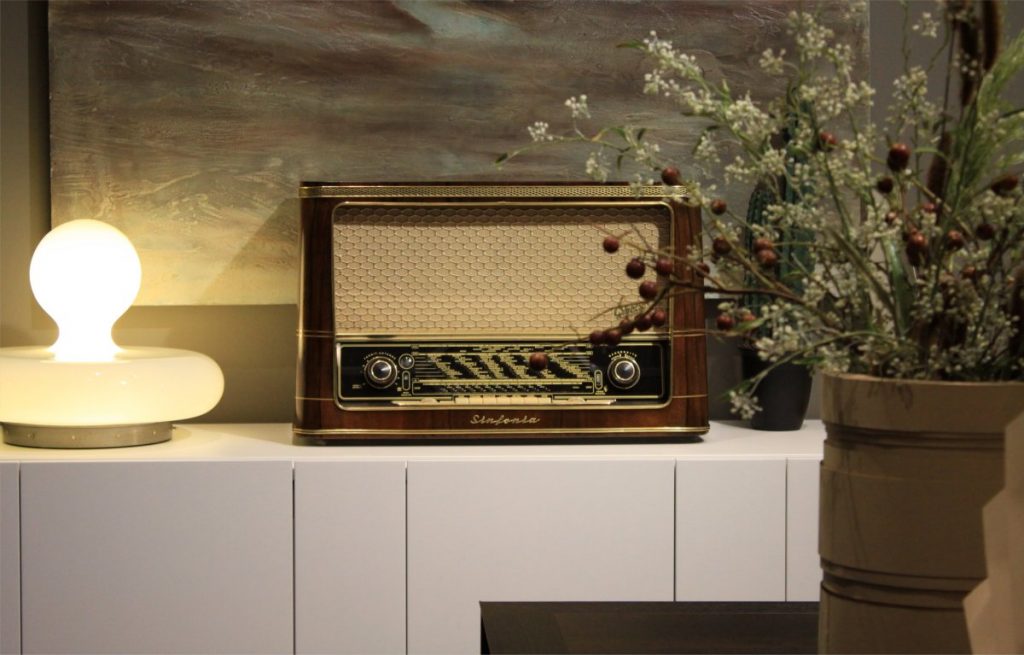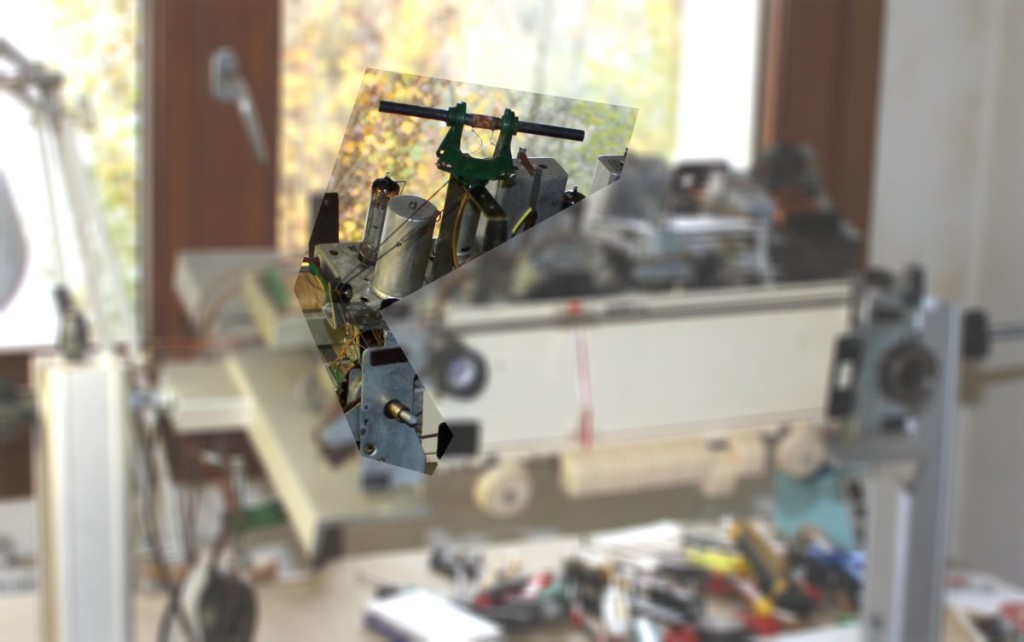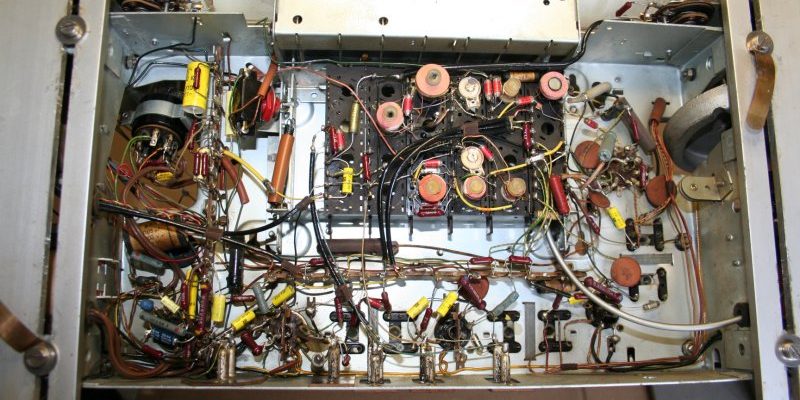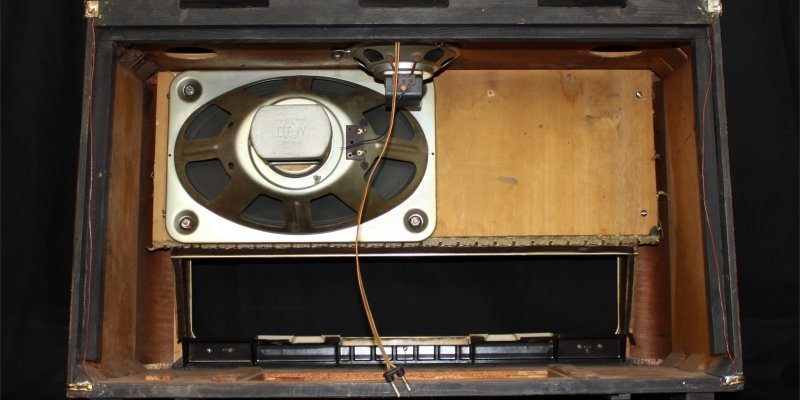 german radios - en
german radios - en
Saba meersburg w2 enhanced – en
- 3rd March 201717th October 2018
- by giovanni
SABA MEERSBURG W2 ENHANCED
SABA MEERSBURG W2 ENHANCED
The Meersburg W2 Radio was built during 1952 by the company SABA.
The company gave the models of its radios the names of German cities.
This model has been the best amongst all the devices with the output stage in A-class.
The Meersburg's model is unique and outstanding around the world because it uses a powerful EL34 as a power output.
I've never heard of another radio as special as this one.
On demand, we can offer this unit with some changes, highlighting its extraordinary performance.
Any changes made are completely reversible.
Below are the most important changes we propose:-
- Replacement of EL34 with a KT88 including the changes of the polarization.
- In order to keep the deep scenographic of the original to change the disposal of the speakers.
The most interesting features about the Meersburg W2 are:-
- Output stage in A Class with EL34 pentode as modern amplifiers Hi- End.-
- Alloy speakers to completely muffle the vibrations.
- Checks the loudness with five prearranged equalization curves selected from a switch.
- The amplifier FM is a pentode. This architectural choice guarantees more sensibility than following tiodano amplifiers. Unfortunately, the high sound is dependant on this type of tube and for this reason it is necessary to be careful to select the correct tube.
- The medium frequencies are equipped with a coupling adjustment. This feature allows calibration with high precision the slope and extension of the medium frequency curve. Usually, there is not this control and has been predetermined by the manufacturer at an average value.
This radio looks wonderful with its well proportioned form.
It is possible to put the loudspeakers in a library or in a corner in side the wall.
The quality and the power of the sound is beyond imagination.
Furthermore, it is possible to listen to music by streaming because the receiver Bluetooth has been integrated inside the device.
In my opinion this is particularly beneficial.
- Output stage in A - Class with EL34. No other radio in the world has this powerful vacuum tube.

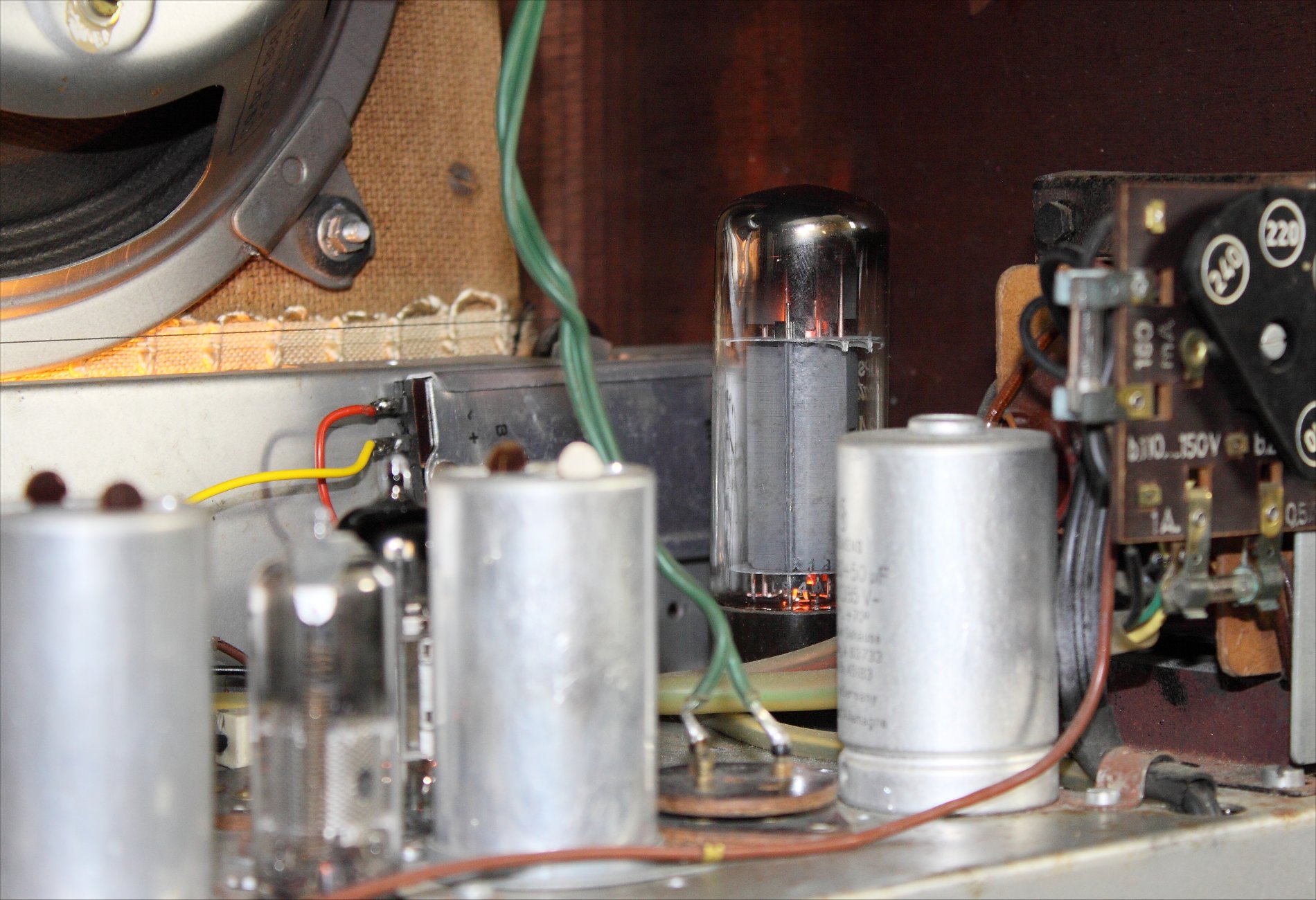
IMPROVED LOUDSPEAKERS
The position and the kind of the loudspeakers is changed.BOOSTED OUTPUT STAGE
The original EL34 was replaced by a powerful KT88.BLUETOOTH
Bluetooth receiver embedMULTI PLATFORM CONNECTION
Each radio is equipped with a cable for connection to any digital device.TUBESOUND IMPROVEMENT
- Improved Loudspekers - The two loudspeaker are changed and have now the central axle aligned. A new crossover filter is installed to have the best response curve possible. The results is that the soundstage is incredibly realistic for a mono device. And the listening in mono it may hold some surprises. Seeing is believing.
- EL34 replaced by KT88. - The original power tube of this radio is an EL34. This is an unusual engineering choice and makes this radio one of the most unique in the world. I have wanted to experiment the employment of the KT88 instead of the EL34. The polarization has been changed and the KT88 works in suitable conditions. It is intentional that all its power is not used to the maximum benefit instead could be used on other external speakers. This elaboration has transformed the radio into something similar to a Juke Box. The sound of the KT88 is more dry than the EL34, this last one ( EL34) is more well rounded. It is possible to make a preferential choice as the base is different between the two tubes. The power discharged by the strong KT88 tubes is magnified. The risk is the physical limit will be reached by the frontal loudspeaker at wideband.
This makes the devise suitable for tolerant neighbours!
- Bluetooth receiver embed – The unit is equipped with a BLUETOOTH receiver powered directly by the receiver power supply. This makes it possible to control the amplifier from any external digital device as an IPAD, a Smartphone, or a sophisticated multimedia station. So you can hear your preferred web station or your lossesless file without cables on the room. Wireless Receiver can be equipped upon requests.
– Multi Platform Connection – A customized adaptation cable to connect any digital device as Iphone, Smartphone, Laptop, CD Player etc. will be provided with this radio. This special cable suits the different impedances between the modern equipment and the receiver. Furthermore the two stereo channels flow into one without increasing the load to the input unit.

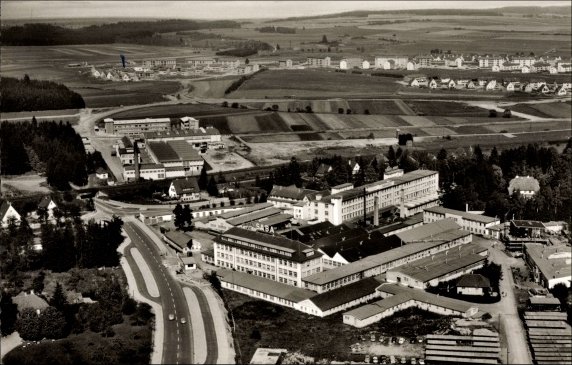

HISTORY
SABA is the acronym for Schawarzwälder-Apparate-Bau-Anstalt meaning engineering institute of Technological appliances of the Black Forest.
The company was founded back in 1835 by Joseph Benedikt with the initial name of Jockele-Uhren, but only in 1923 the production of radio devices began and the company went under the name of SABA.
Toward the end of the 20s SABA became famous with the well-known S35 and in the following years it became the second German producer after Telefunken. During the war SABA produced military equipment and in 1945 the company was completely destroyed by a bombing.
In 1947 the production of radio devices began again and SABA distinguished itself immediately for ist avant-garde and high- quality production.
hey also began to produce TVs (the first PAL color TV is a SABA), house appliances and medical equipment. Many Italians used to work there. The Alnico Greencone loudspeakers became popular for their linearity, power handling, constant impendence that would be employed in each Hi-Fi devices of that time.
The radio devices with motorized tuning became popular as well and SABA became the representative German brand meaning quality, reliability and detailed precision. In the 1970s the decline began. According to specialized magazines of that time not having a Japanese device at that time meant not having Hi-Fi. In the 80s Thompson took over SABA. In the 90s the other way around, having a Japanese device of the 70s meant not having Hi-Fi. They found out that they functioned with a 96% counterreaction and that a device with 0.001 db from 1 to 100 KHz extension did not necessarily sound good.
We do not trust our ears and we do trust what other people say not necessarily with a good purpose.
2007: due to insolvency SABA disappeared from the TLC (Chinese) and Thompson (French) joint venture, and SABA ceased to exist.
Year of production: 19523
Superheterodyne IF: 472/10700
9 AM Circuits 9 FM Circuits/5
Wavebands: LW, MW, SW, FM
Loudspeakers:
1 wideband
1 Tweeter
Dimensions (LHD):: 630 x 400 x 310 mm / 24.8 x 15.7 x 12.2 inch
Net weight: 17.8 kg / 39 lb 3.3 oz (39.207 lb)
7 Tubes: EF80 EC92 ECH81 EF85 EM71 EABC80 EL34

LOUDSPEAKERS
The loudspeaker polar diagram.
This is an example of polar diagram of a coaxial loudspeaker. The different lines show the sound intensity at the angle and frequency change. It's evident the minor directionality of low frequencies respect to those high.
We studied the positioning of the two loudspeaker to obtain the best response at a distance of 3 up to 6 meters.
To avoid pointless words, you have to listen to the result.
TONE CONTROL
The Tone Control system is completely different from the majority of other devices.
The manufacturer has installed a prearranged switch system with five equalization curves.
The selected curve is visible on three vertical and small windows emphasizing a low, medium and acute tone.
The advantages of this system are clarity and stability but its limitation is that it is possible to make a slight adjustment choosing one of the five prearranged equalizations curves.
However the five prearranged equalization curves cover all listening needs.

AERIALS
The device has an integrated aerial able to receive FM band.
To receive the AM band there is a connection in the FM's aerial coil.
Behind this device it is possible to find sockets for external aerials.

TUNING INDICATOR
The magic eye has of course been replaced.
CONTROL PANEL

The volume is controlled from the tuning knob placed on the left. The loudness is integrated.
In line with the axis it is possible to find a knob to choose the prearranged equalization curve.
On the right you can find the tuning's indicator.
Below is shown the dialglass with different bands: Long, Medium and Short waves.
At the bottom of the dialglass two sections are visible: K-Lupe and UK
The K-Lupe section, convenient to listen to short waves (KW).
The UK section, that is the FM band's scale.
At the end you can find :
- a series of buttons : OFF, normal tuning (AM), closed tuning (AM), Record Player, Bands (Long, Medium and Short), FM.
- three bars indicating the selected equalization curve.
- two knobs on the right. The biggest one for the three AM Band on the and the smallest for the FM Band and fine tuning in short waves.
The tuning of the short waves is carried out in two phases:
1. Press the button KW and tuning use the biggest tuning's knob.
2.Use the the smallest knob (the same than FM tuning) and watch the K-Lupe scale to refine tuning the preselected station.
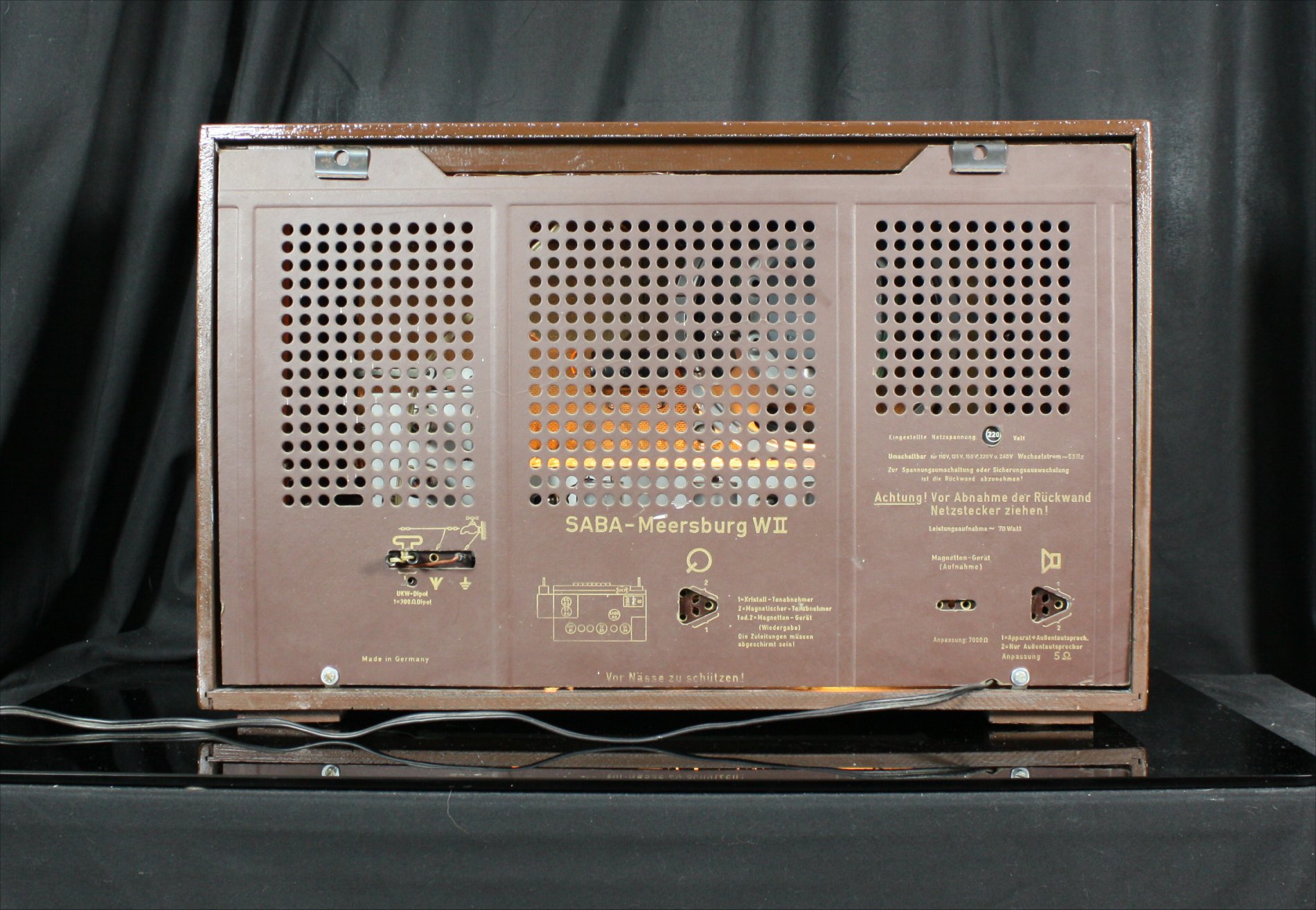
REAR SIDE
Output for external speakers.
Socket for recorder (tonbandgerat).
Turntable input (Tonabnehmer)
AM and FM aerial inputs and ground socket.
RESTORATION STEPS
THE USUAL AMAZING LAST IMAGE




